Braided wigs are increasingly popular in fashion, especially those designed to resemble locs. They provide a versatile and protective style solution, giving users the distinct appearance of locks without the long-term investment associated with the traditional approach. As these novel wigs gain popularity, the issue arises: how do we care for and maintain locs braided wigs? This comprehensive guide looks into the difficulties of correct locs braided wig maintenance, ensuring that these distinctive pieces retain their charm and elegance with careful care.
Understanding Locs Braided Wigs
Locs of braided wigs, whether synthetic or natural, require different care. Synthetic wigs are relatively cheap, low-maintenance, and keep their style, but they cannot endure heat styling. Human hair wigs look and feel natural and can be restyled. Still, they require more maintenance—washing, conditioning, and styling—to look good. Use used materials to preserve both varieties' braided integrity and beauty and avoid high temperatures. Understanding and maintaining your wig's needs helps ensure it lasts longer and looks beautiful.
Initial Care and Handling
When you get your locs braided wig, please keep it in good condition. To avoid loosening the braids, gently remove the wig from its packaging without tugging them. Inspect and adjust the wig cap to achieve a comfortable fit, which is essential for reducing stress on your scalp and the wig. Proper storage is necessary from the start; get a wig stand or mannequin to keep the wig in shape and the braids from twisting. Without a stand, a hook or coat hook in an excellent, dry location can be a temporary solution. Always avoid putting the wig down in places where it could be destroyed or damaged.

Cleaning and Washing
Washing a locust braided wig should be approached with care. Overwashing can lead to fraying of the locs. At the same time, inadequate washing can result in buildup from sweat, products, and environmental pollutants. Synthetic wigs typically require less frequent washing than human-hair wigs. When it's time to wash:
Use cool to lukewarm water to prevent any potential heat damage, especially for synthetic wigs.
Select a wig-specific or mild, sulfate-free shampoo that will clean without stripping essential oils or causing the fibers to deteriorate.
Gently agitate the water and pass the wig through it rather than scrubbing, which can cause the braids to unravel or become frizzy.
Drying Your Wig
Air drying is the most gentle method for drying your locs braided wig. To remove excess water, pat the wig with a towel before laying it flat on a dry towel or hanging it on a wig stand to allow air to circulate through the braids. If you have to use a hairdryer in a hurry, use the lowest heat setting and keep it at a safe distance to avoid heat injury.
Daily Maintenance
Daily maintenance of locs braided wigs involves gentle care to preserve their appearance. Use your fingers to detangle and minimize frizz, avoiding brushes that can damage the locs. Apply a light sheen spray or wig-friendly products for synthetic hair to maintain luster without causing buildup. A touch of light natural oils can add shine to human hair wigs. Be moderate with product use to prevent dullness and keep the locs braided wig looking vibrant. Regular washing and proper nighttime protection with silk or satin scarves are also recommended to extend the wig's life.

Deep Conditioning and Moisturizing
Human hair wigs require regular, deep conditioning to stay vibrant. Use a wig-specific conditioner, leaving it on as directed, for effective treatment. Rinse well to avoid residue that can flatten locs. A leave-in conditioner spray moisturizes the wig for ongoing care, preventing dryness and brittleness. This maintenance ensures the locs braided wig stays soft, shiny, and durable, able to withstand routine styling.
Styling and Reshaping
Styling should always be gentle. High heat can damage synthetic and human hair wigs, and tight styles can put unnecessary pressure on locs braided wigs, leading to breakage. To reshape your wig, use warm water (not hot) to dampen the locs and let them air dry on a wig stand to regain their original form.
Dealing with Smells and Buildup
Maintaining a rigorous wig hygiene routine is vital to prevent odors and buildup. Using a wig cleansing spray between regular washes helps keep your wig smelling fresh. Should buildup become apparent, incorporating a diluted apple cider vinegar rinse after shampooing can act as a clarifying agent, effectively cleansing the locs braided wig fibers without causing damage. This natural treatment strips away any lingering residue, rejuvenates the wig's appearance, and restores its natural luster and elasticity. Integrating these steps into your wig care regimen ensures your wig remains in pristine condition, free from unwanted odors and buildup.

Long-Term Storage
When storing your wig for an extended period, cleanliness and complete dryness are imperative to avoid mold or mildew. Choose a breathable fabric bag for storage to promote air circulation, and keep it in an excellent, dry place away from direct sunlight or heat sources that might destroy the locs braided wig's fibers. Steer clear of plastic bags, as they can seal in moisture and cause damage. Proper long-term storage in a suitable environment will help maintain the wig's structure and appearance until you're ready to use it again.
Repairing Damages
Regular wear may lead to some damage over time. If the locs start to mat or shed, you can often trim off the frayed ends or use wig adhesive to reseal them. If your long braided wig sustains significant damage, you might need professional repair services. Sometimes, when the wig is beyond repair, consider replacing it.
Proper care and maintenance of your locs braided wig will keep it looking beautiful and ensure you get the most wear out of your investment. With attention to detail and regular upkeep, your wig can remain a cherished part of your style repertoire for a considerable time.

Conclusion
Maintaining a locust braided wig requires devotion to its beauty and longevity. You can ensure its lasting appeal by carefully following maintenance guidelines specific to your wig's material—synthetic or human hair. Regular cleaning, easy handling, proper storage, and the use of appropriate products are all essential. Your efforts to maintain your wig are reflected in its long-lasting quality and look. Accept the care routine as part of your aesthetic expression, and your locs braided wig will become a beloved aspect of your look, showing your devotion to its preservation.
At uBraids, a key brand within the JALIZA lineup, we recognize that a wig is far more than a mere accessory; it is a crucial element of your personal expression and style. Every uBraids wig is a product of careful craftsmanship, with each detail meticulously tailored to meet our customers' expectations of quality and comfort. Our collection, which spans from full lace to glueless designs, bears witness to the JALIZA commitment to superior quality. Embracing both tradition and trend, uBraids utilizes human baby hair in our designs, offering not just a product but a celebration of the intricate art of braided hairstyles. This dedication to innovation is what sets uBraids and JALIZA apart in the world of premium hairstyling.
As a proud brand under the JALIZA umbrella, uBraids leverages the collective expertise and innovative spirit of a platform that's deeply rooted in cultural appreciation and the pursuit of hairstyling perfection. We are constantly evolving to meet and exceed the expectations of our discerning clientele. By choosing uBraids, you are not just purchasing a wig; you are investing in a premium, fashion-forward piece that ensures you look and feel your best. Our selection caters to a diverse array of preferences, ensuring that each individual can find a style that resonates with their unique personality and lifestyle needs. Welcome to visit us, explore our collection, and find your perfect match.



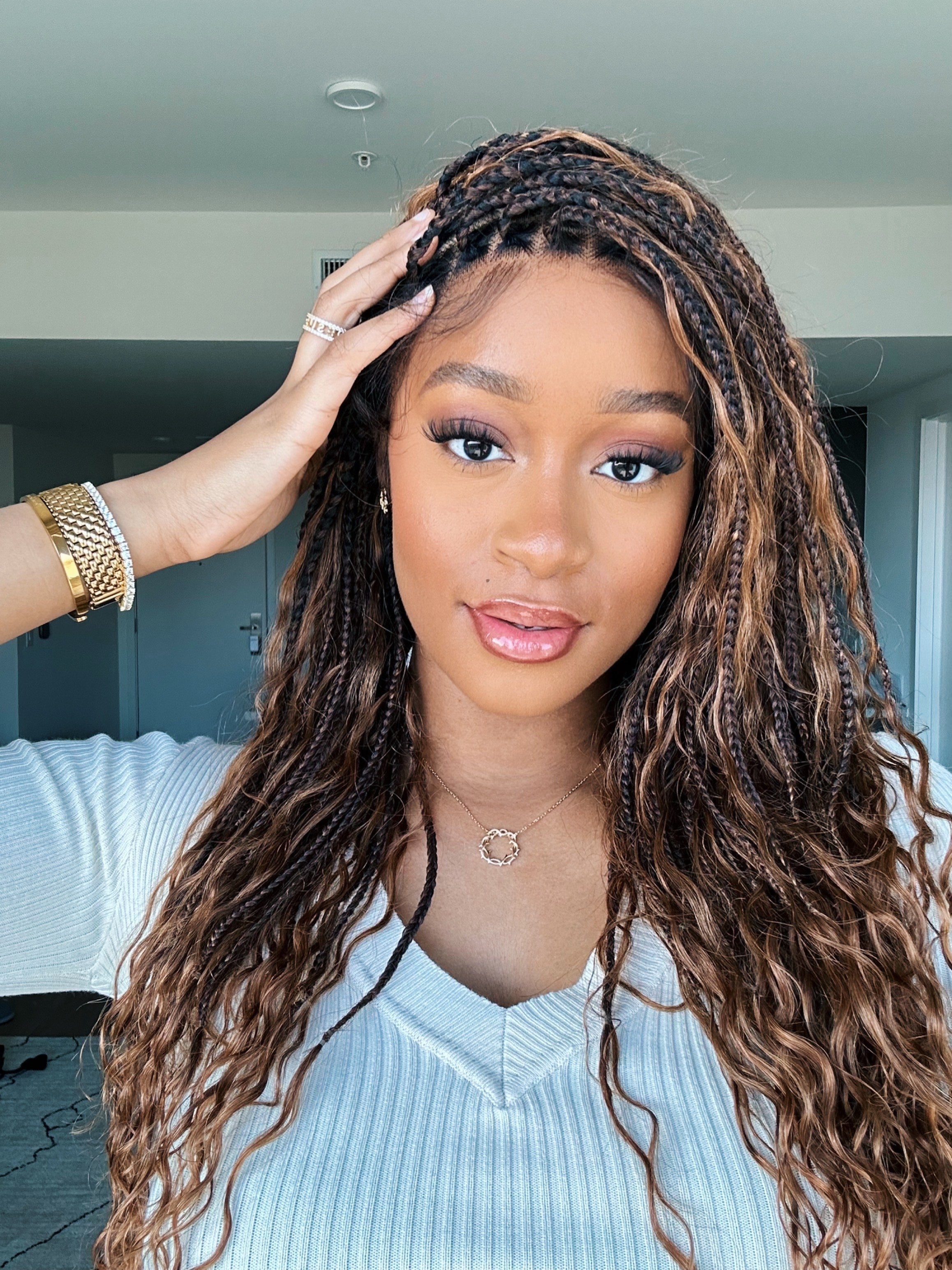

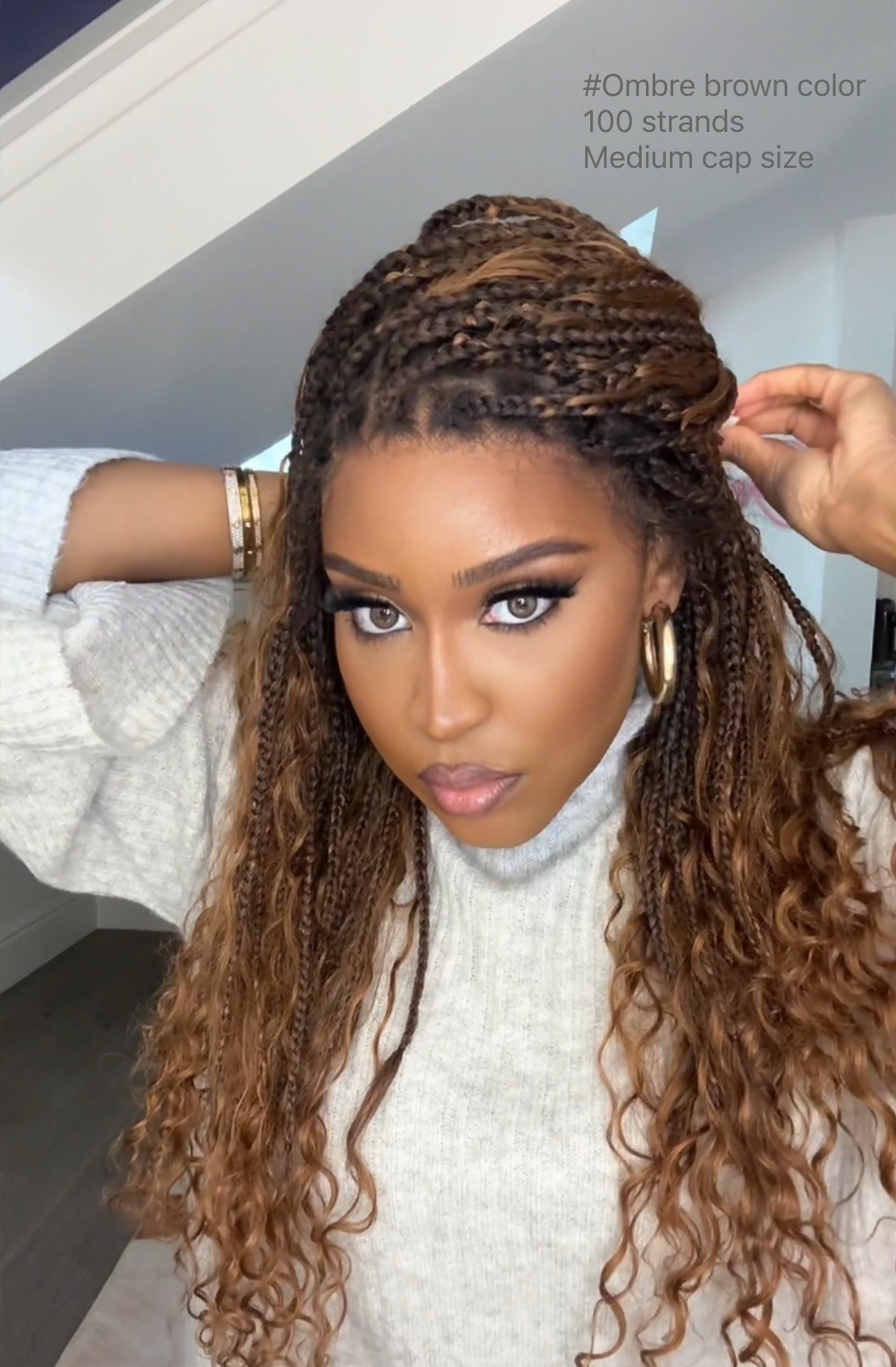
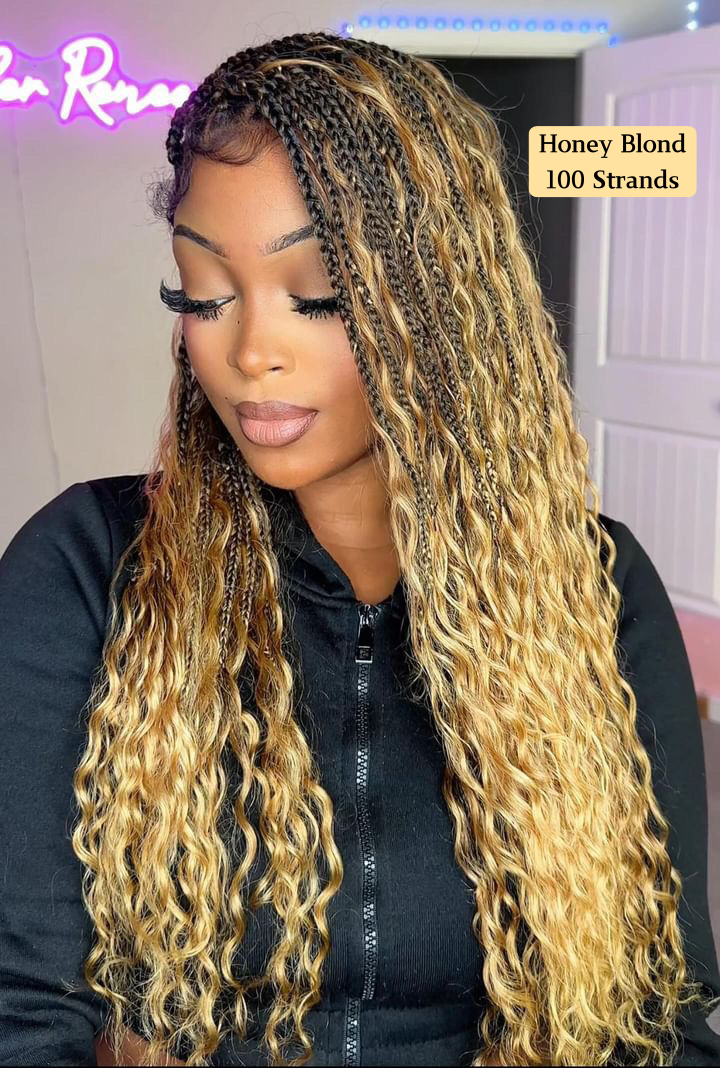
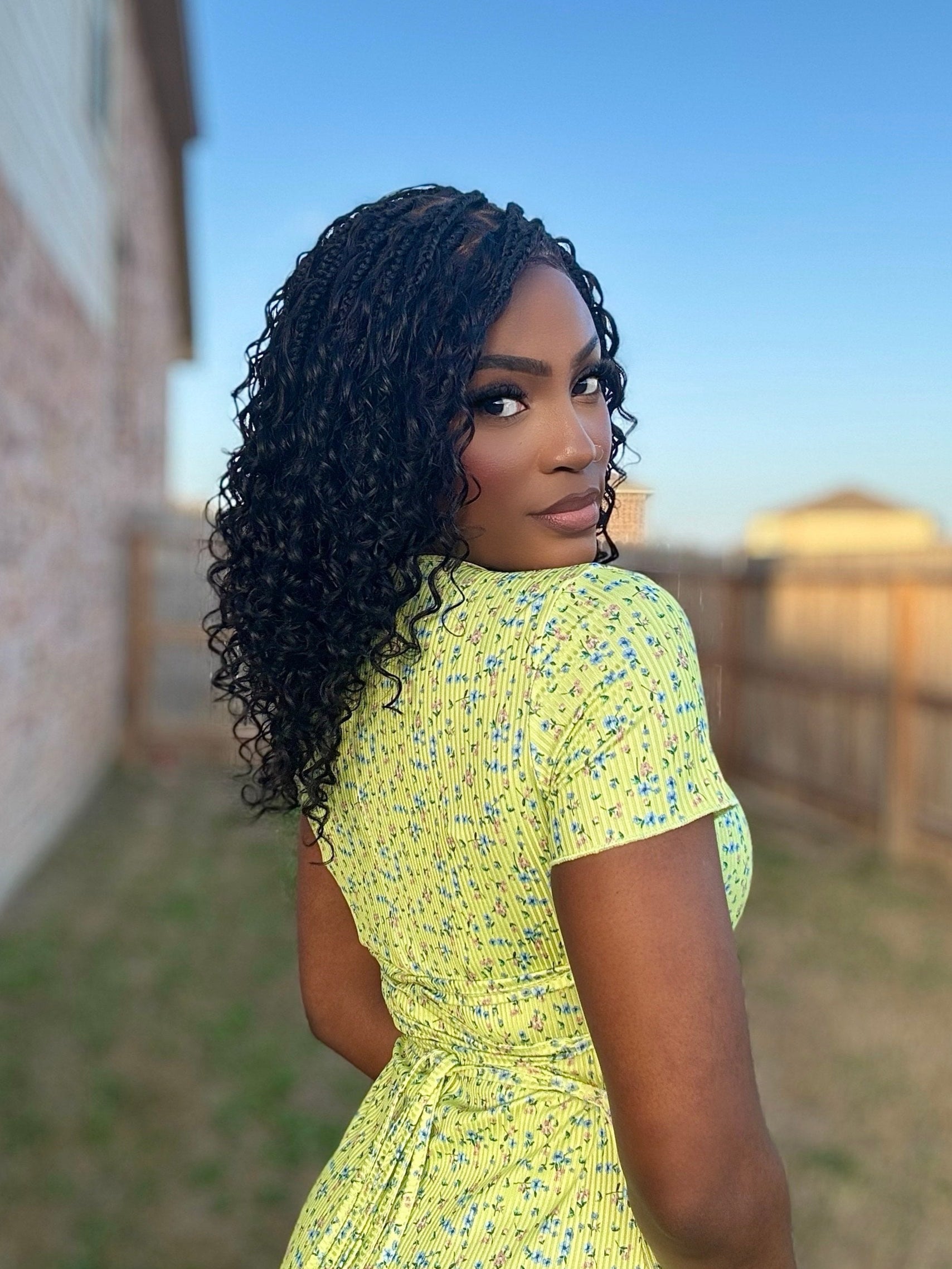
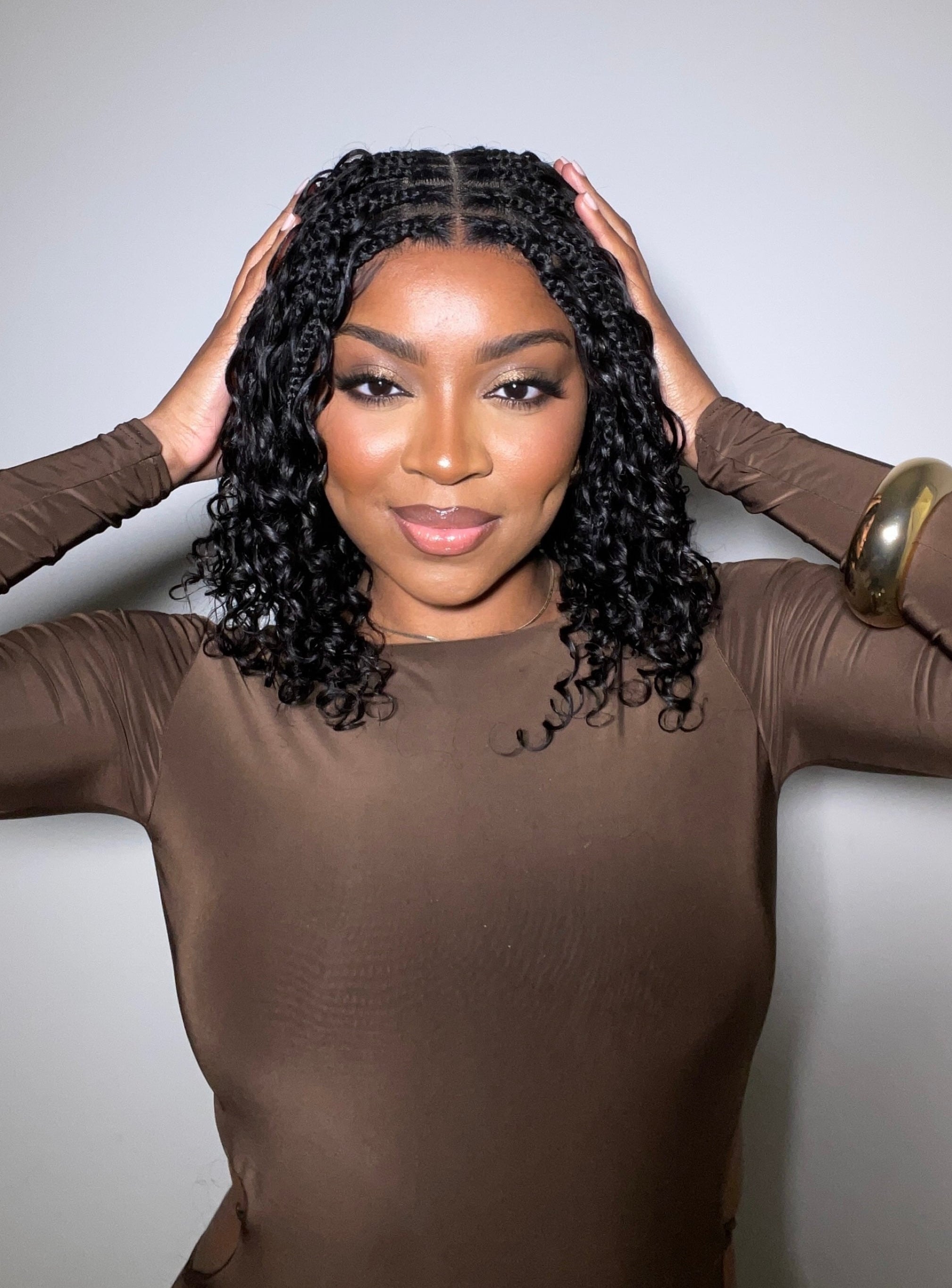
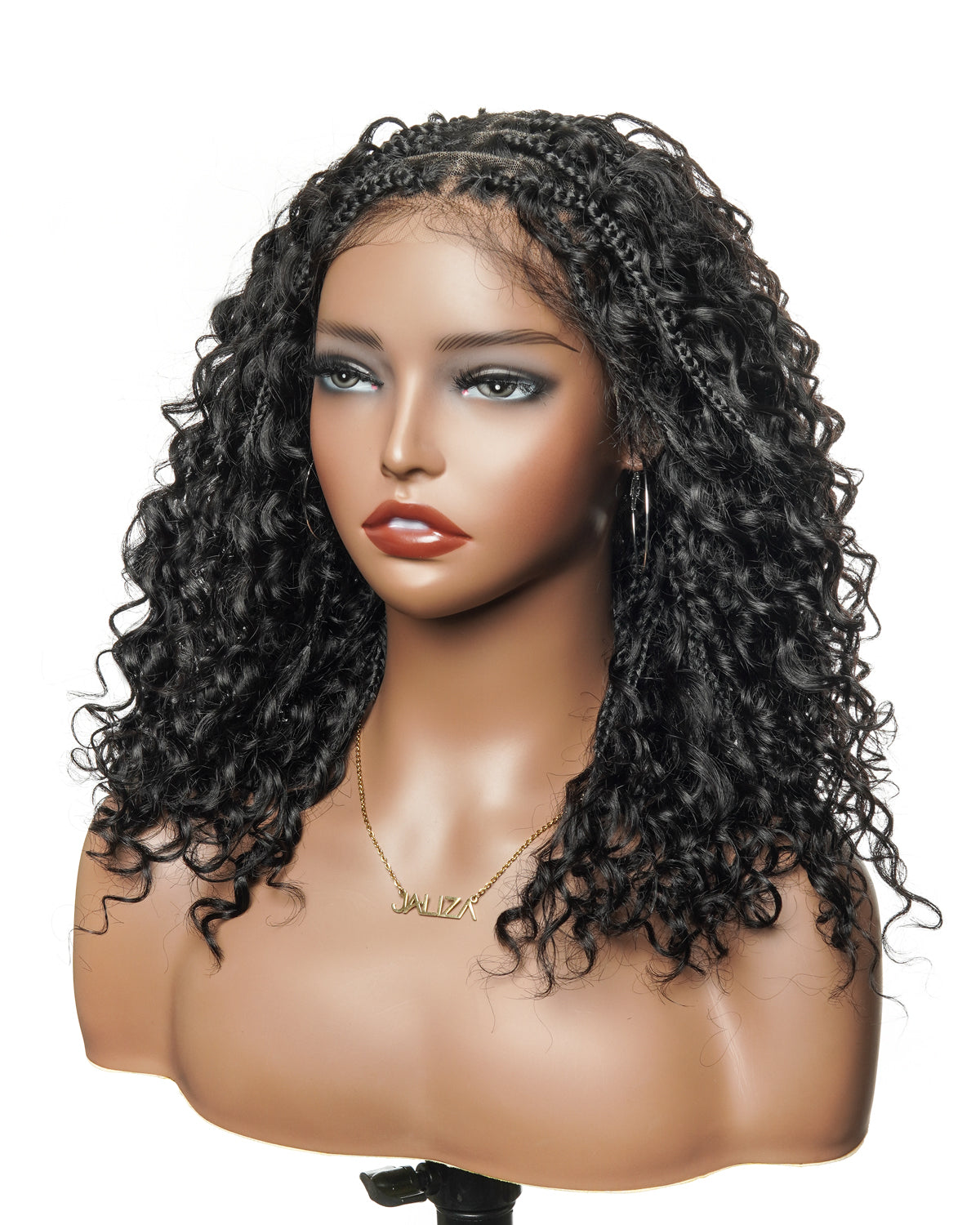
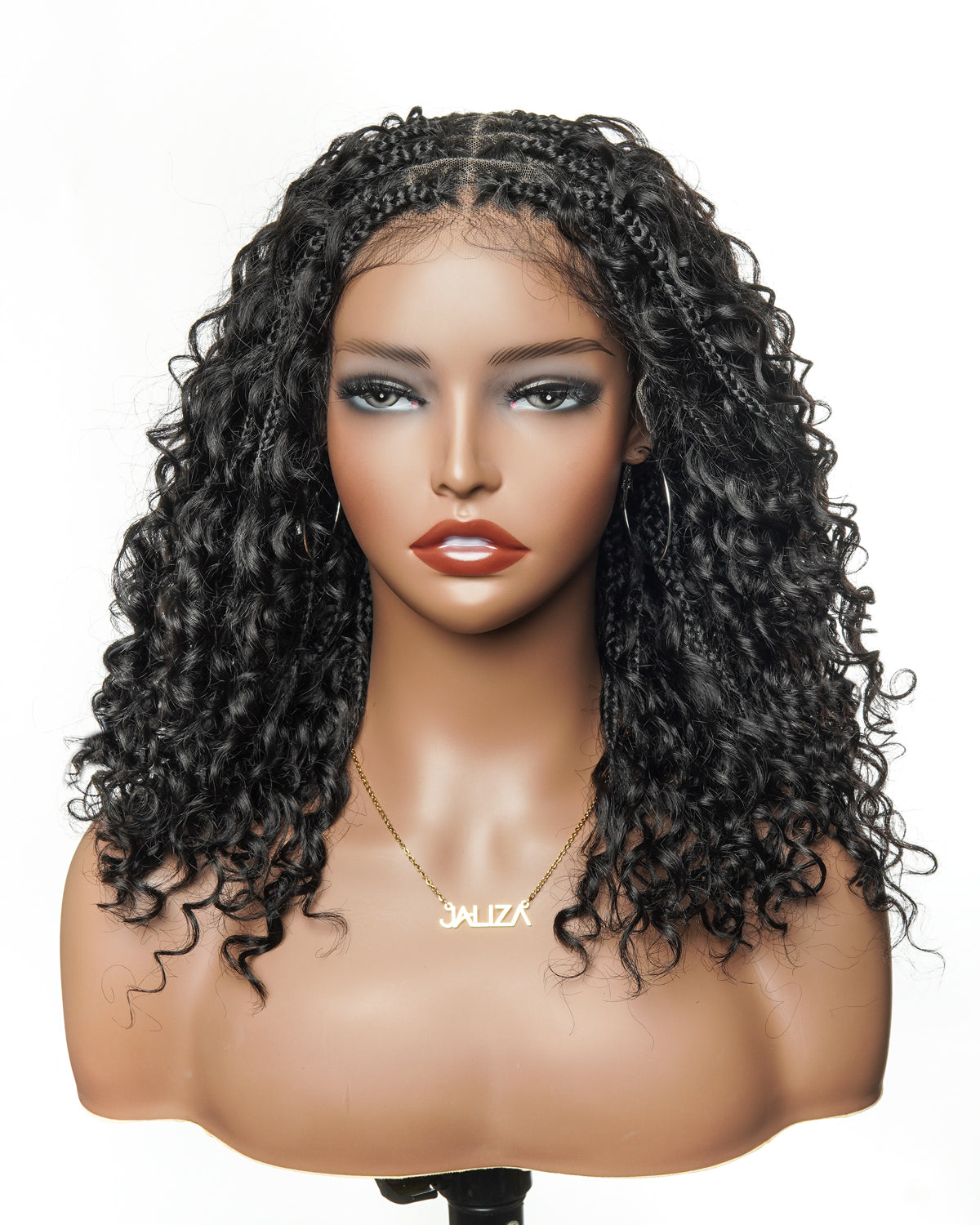




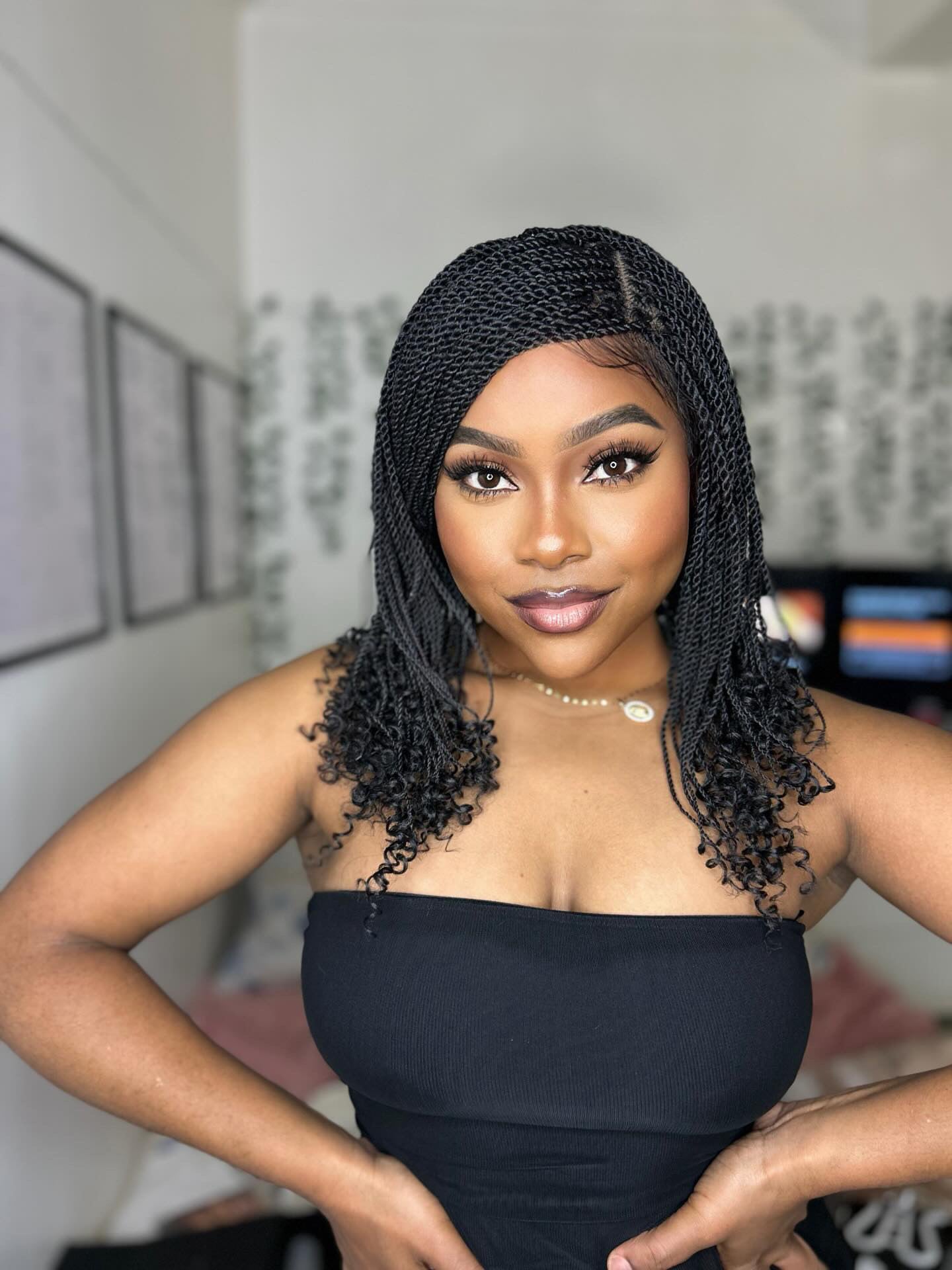
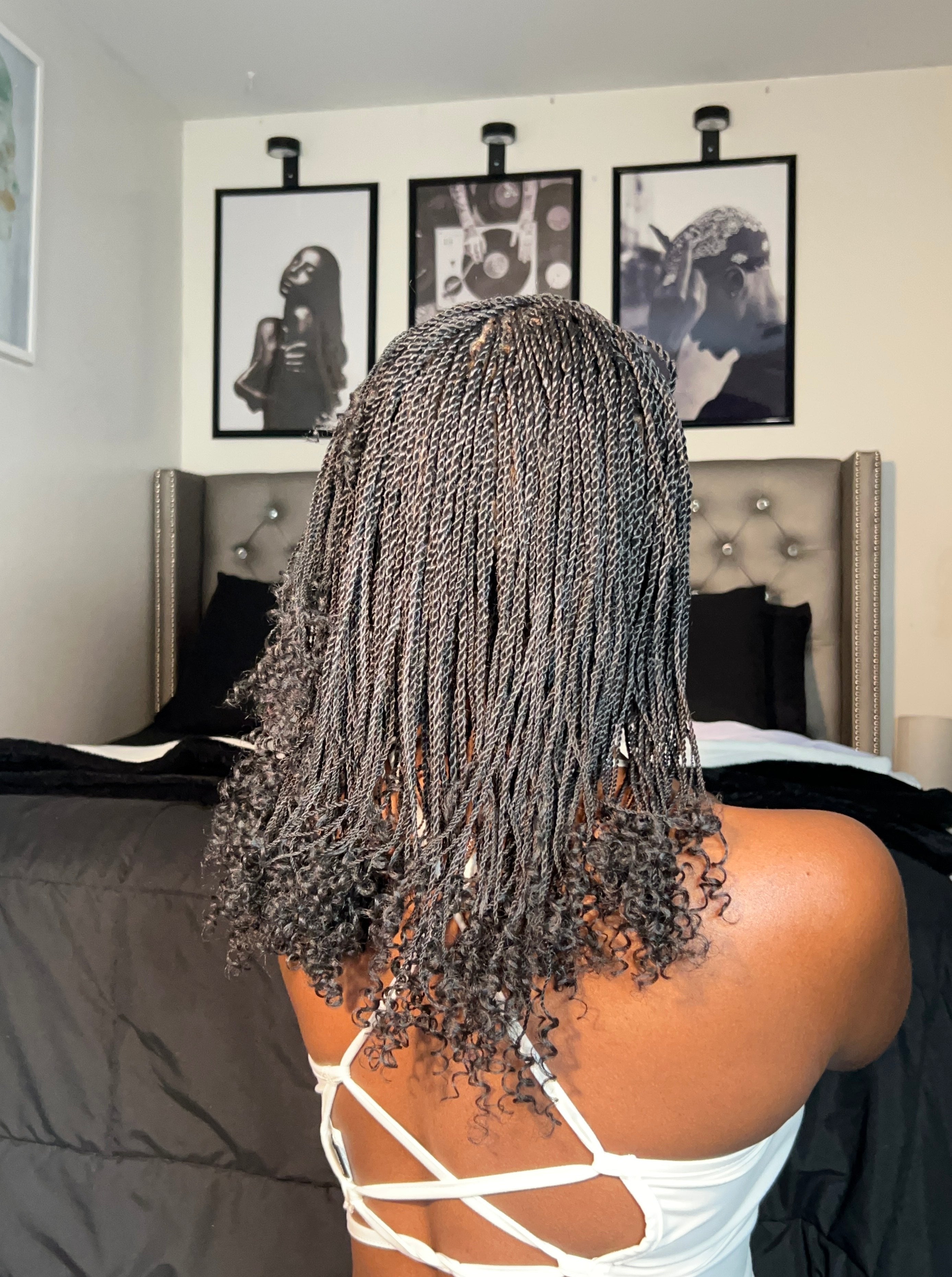


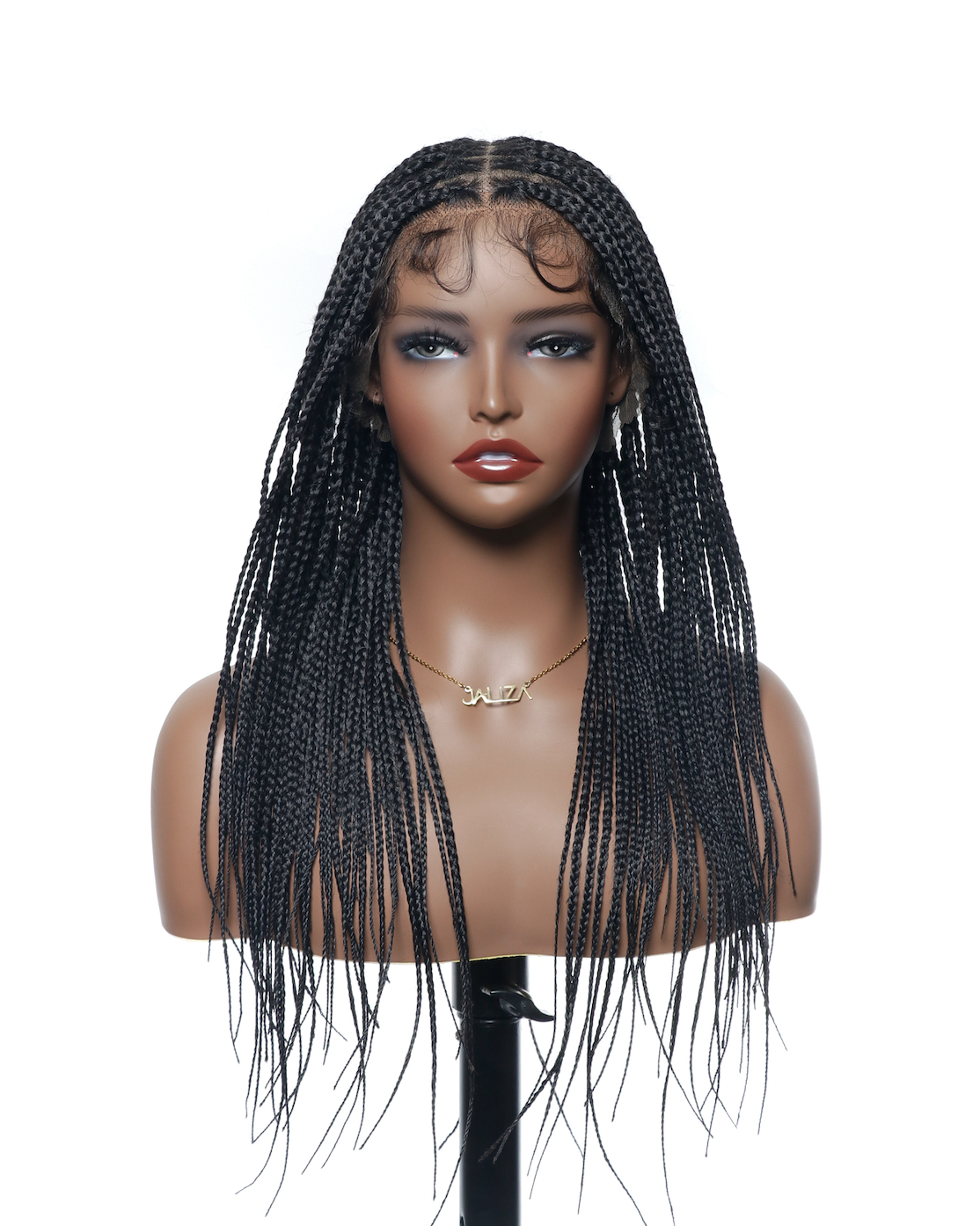
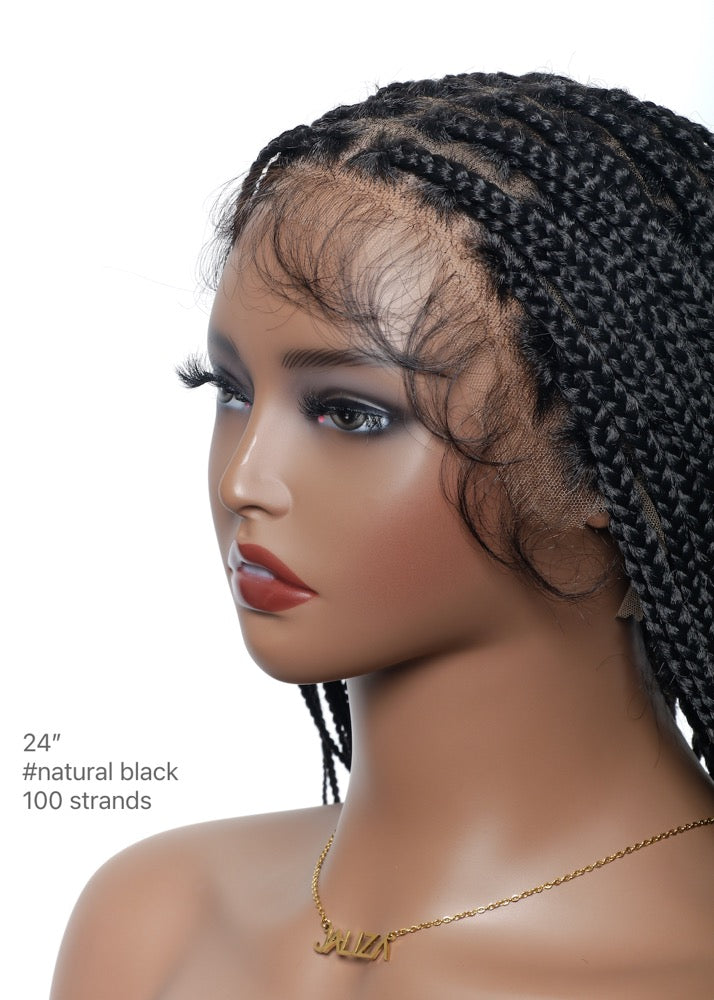

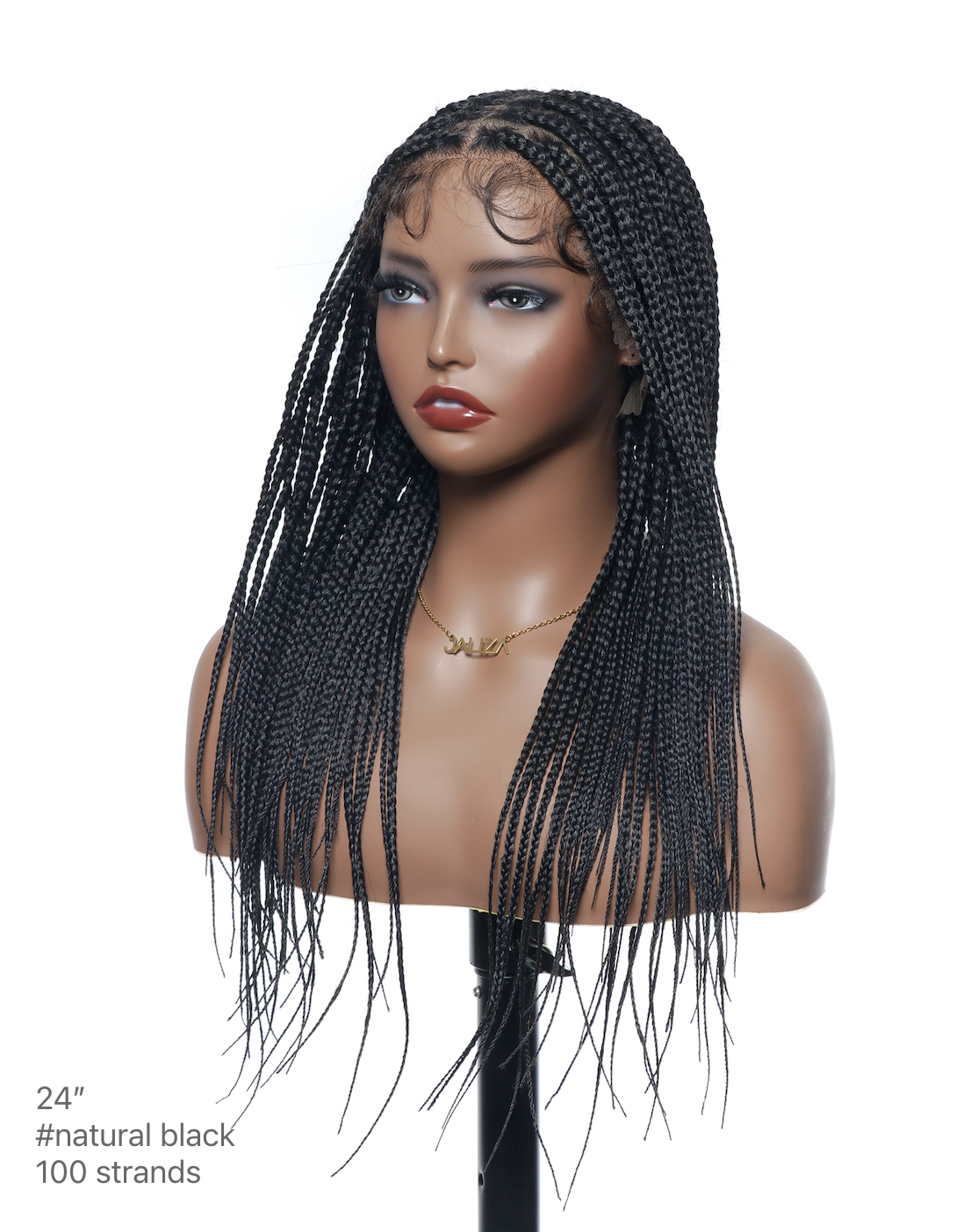
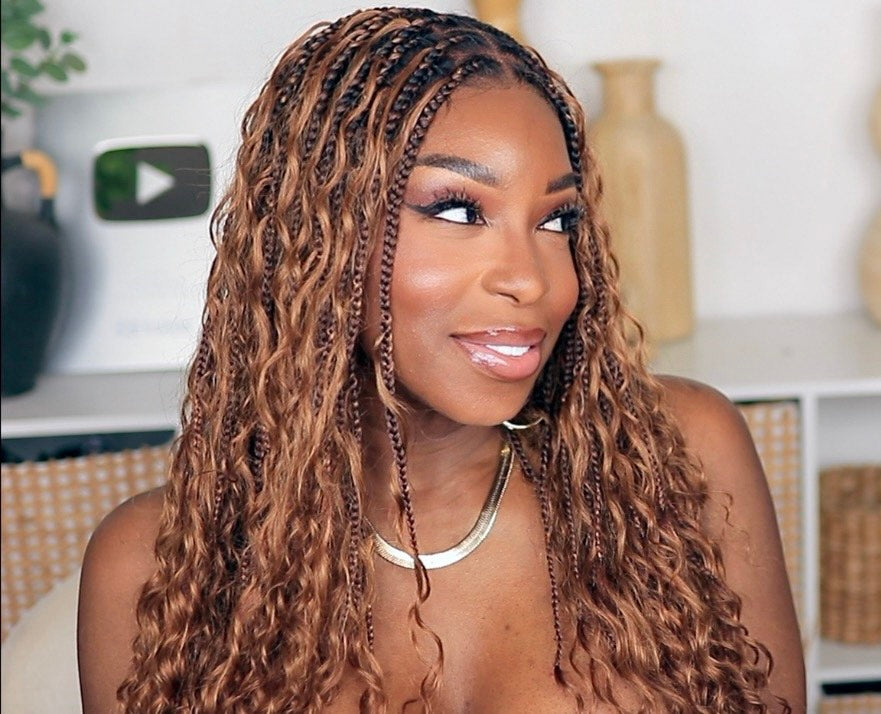
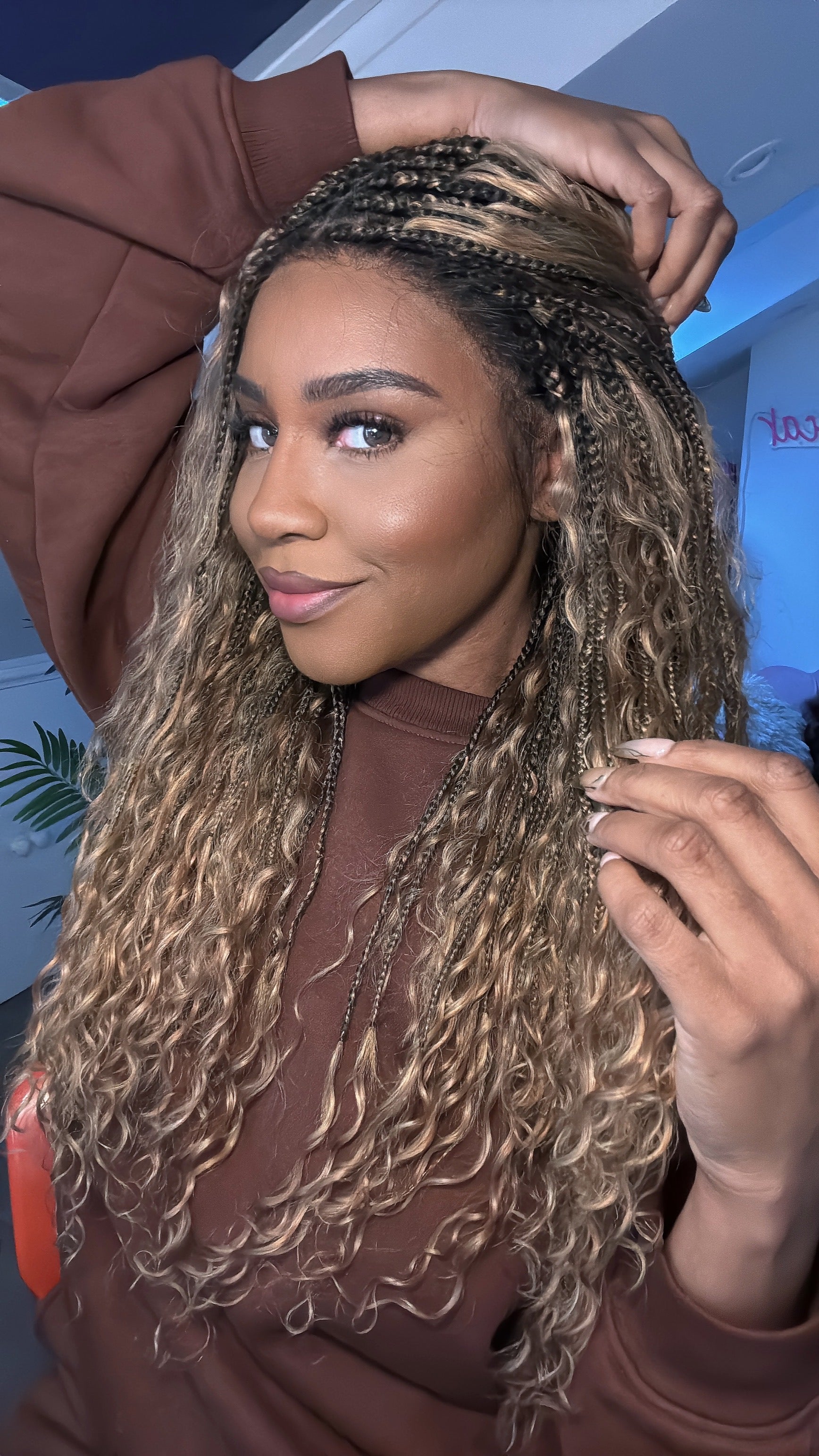
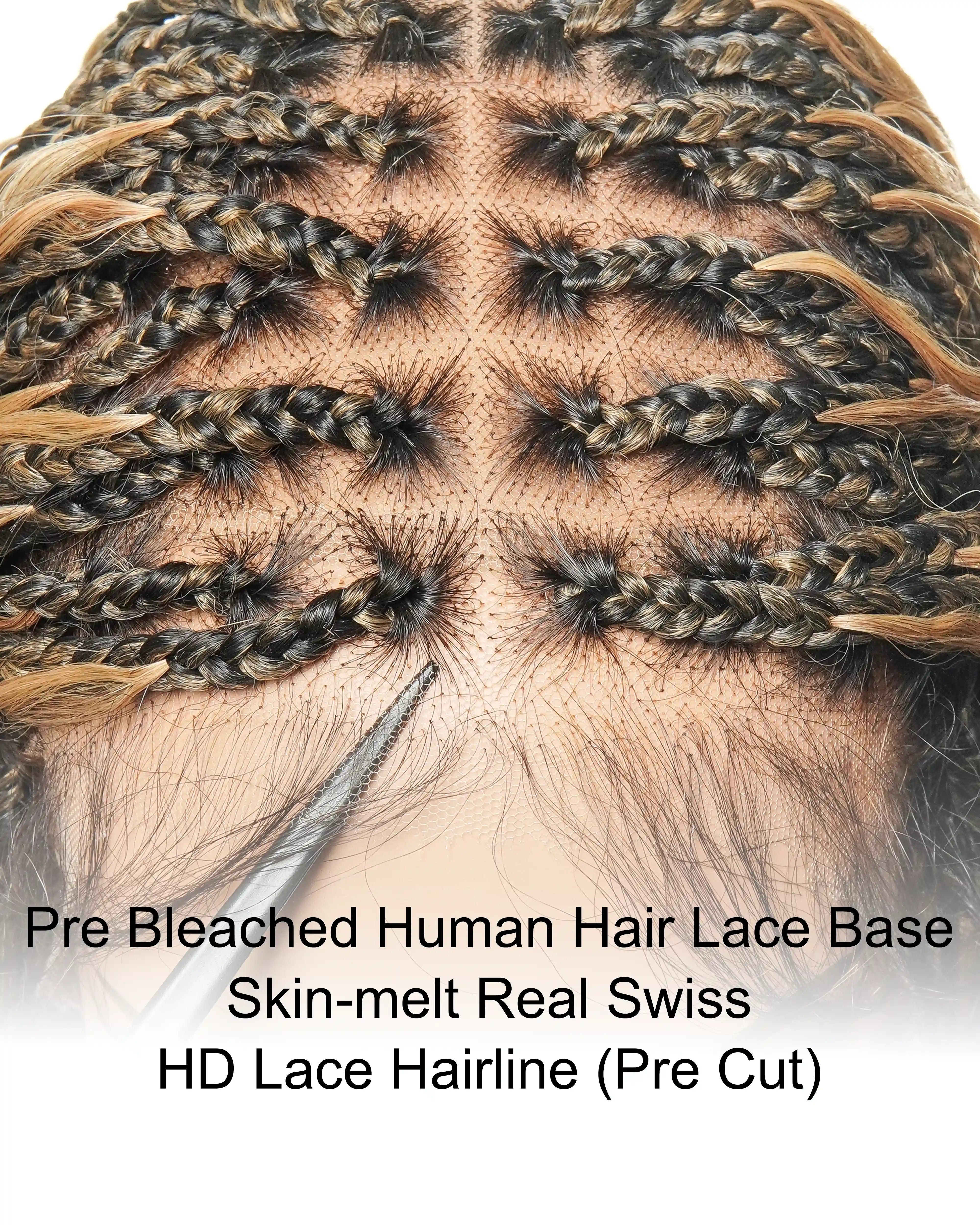




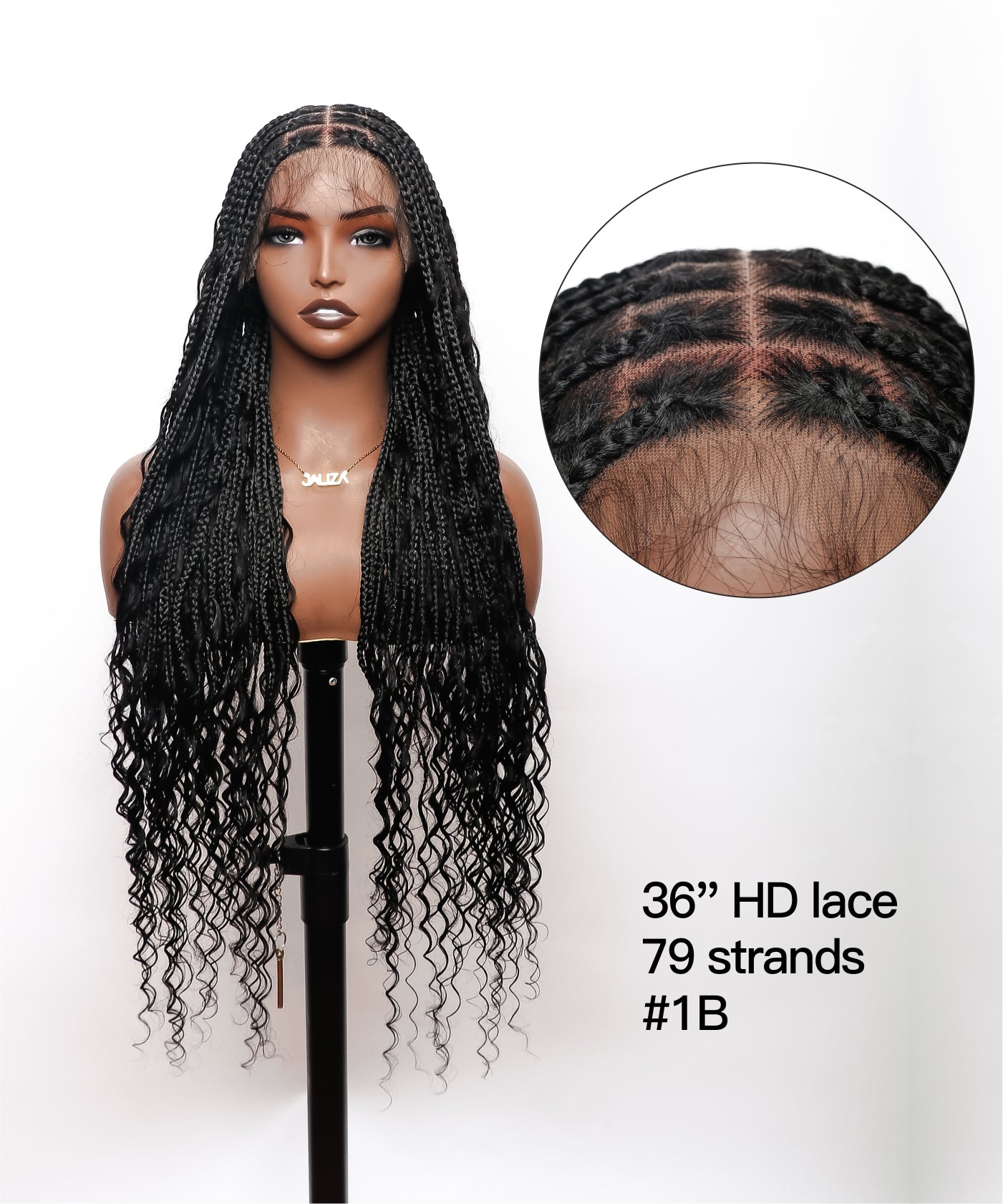
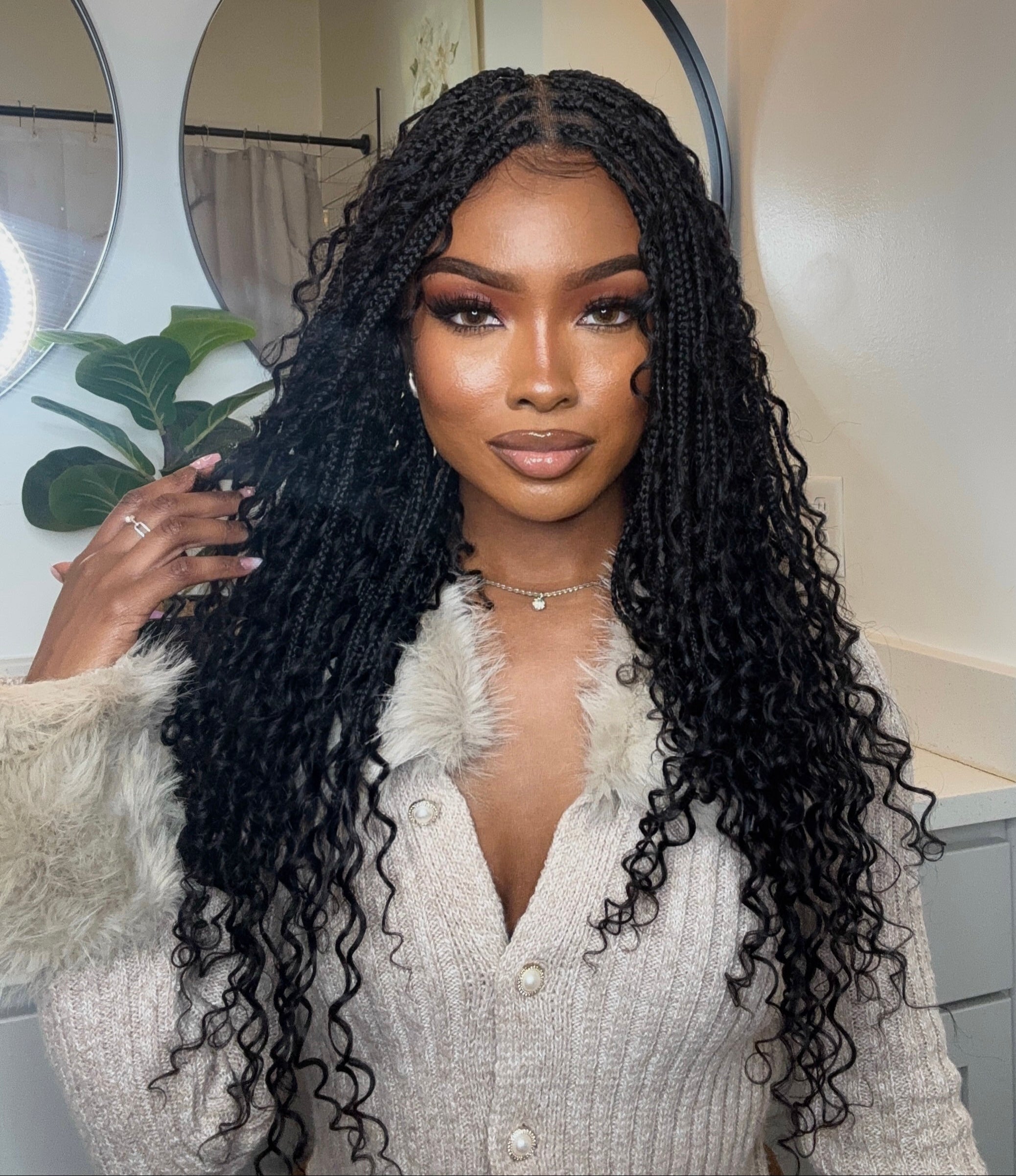
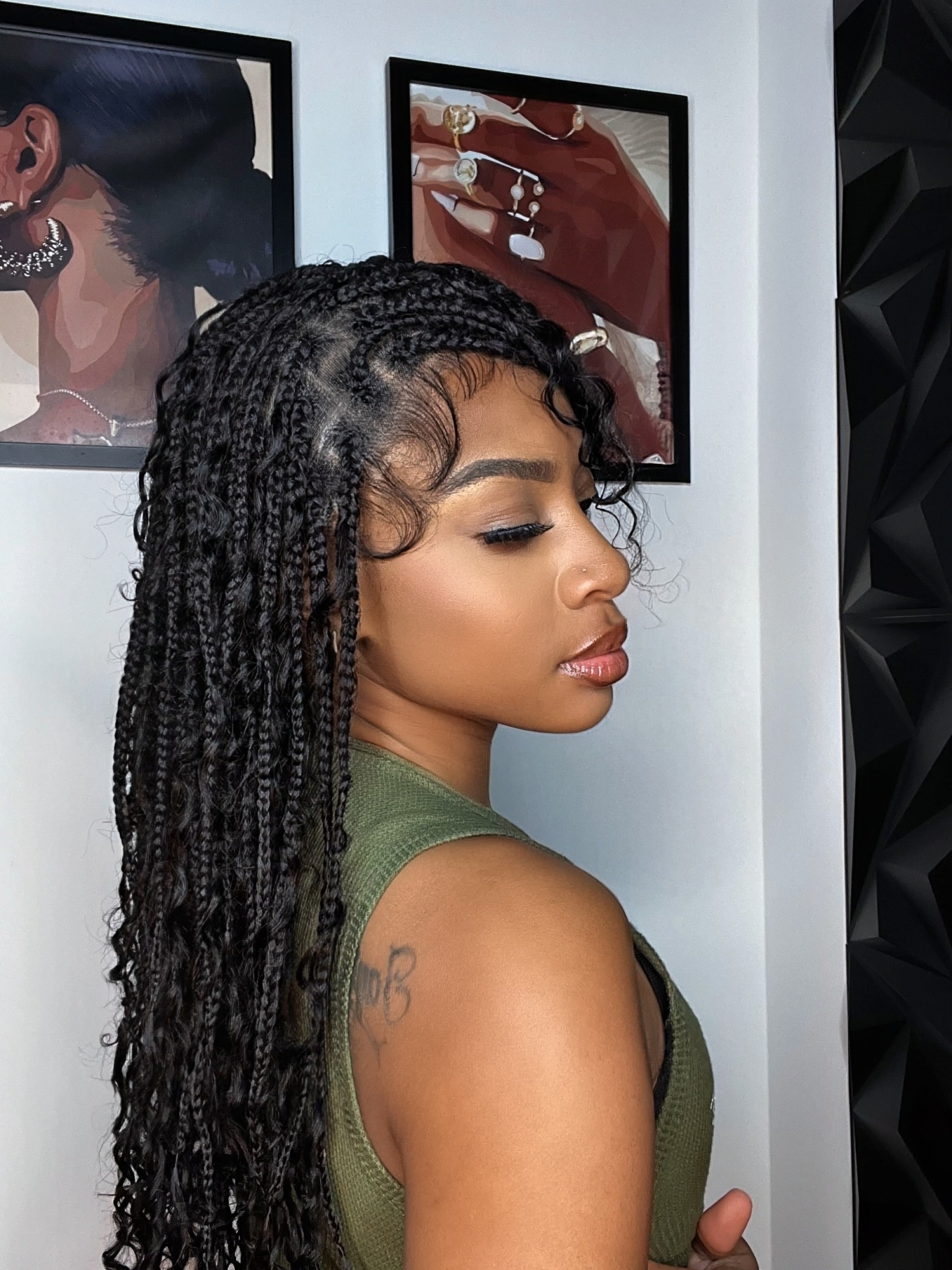
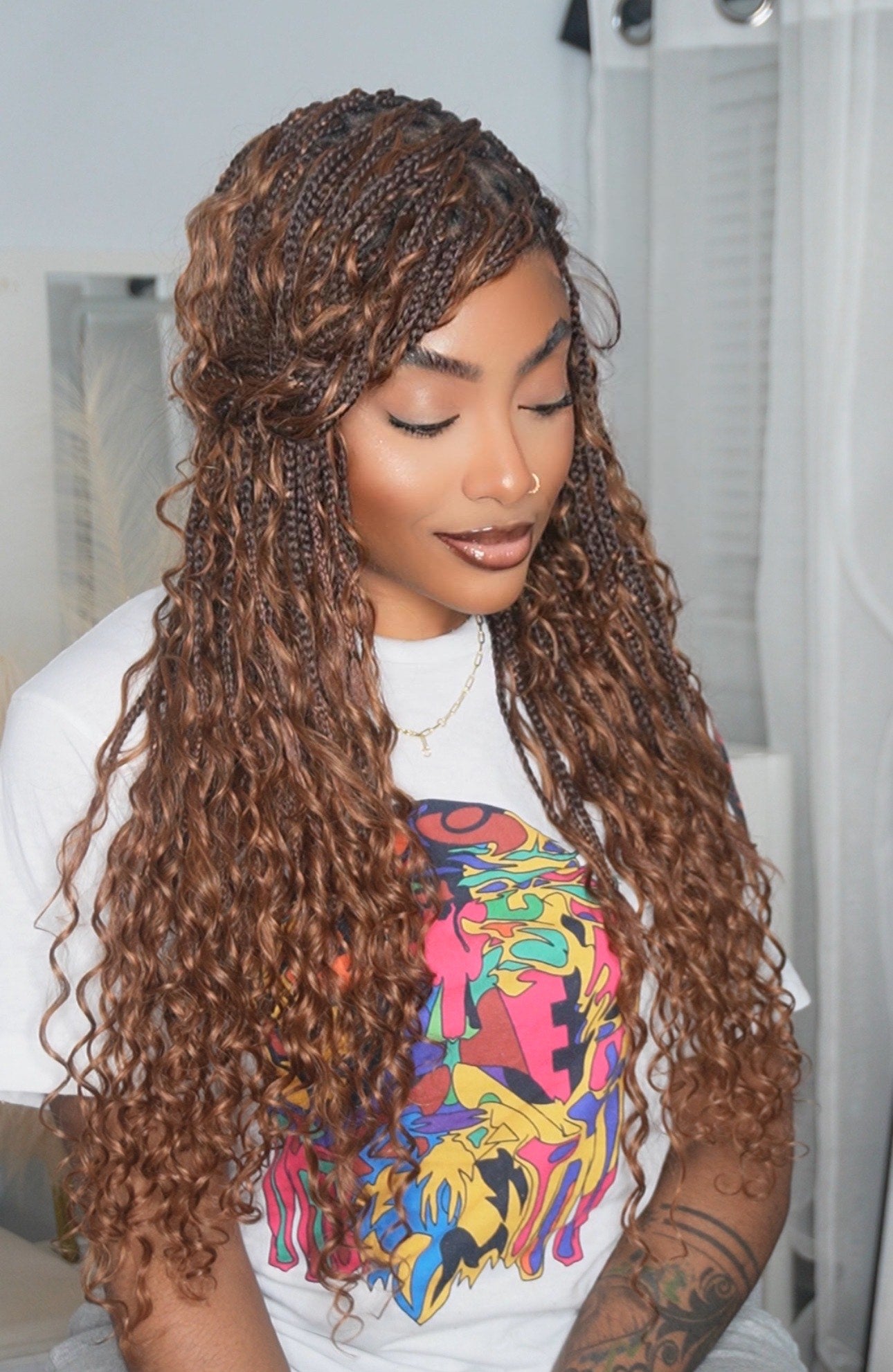
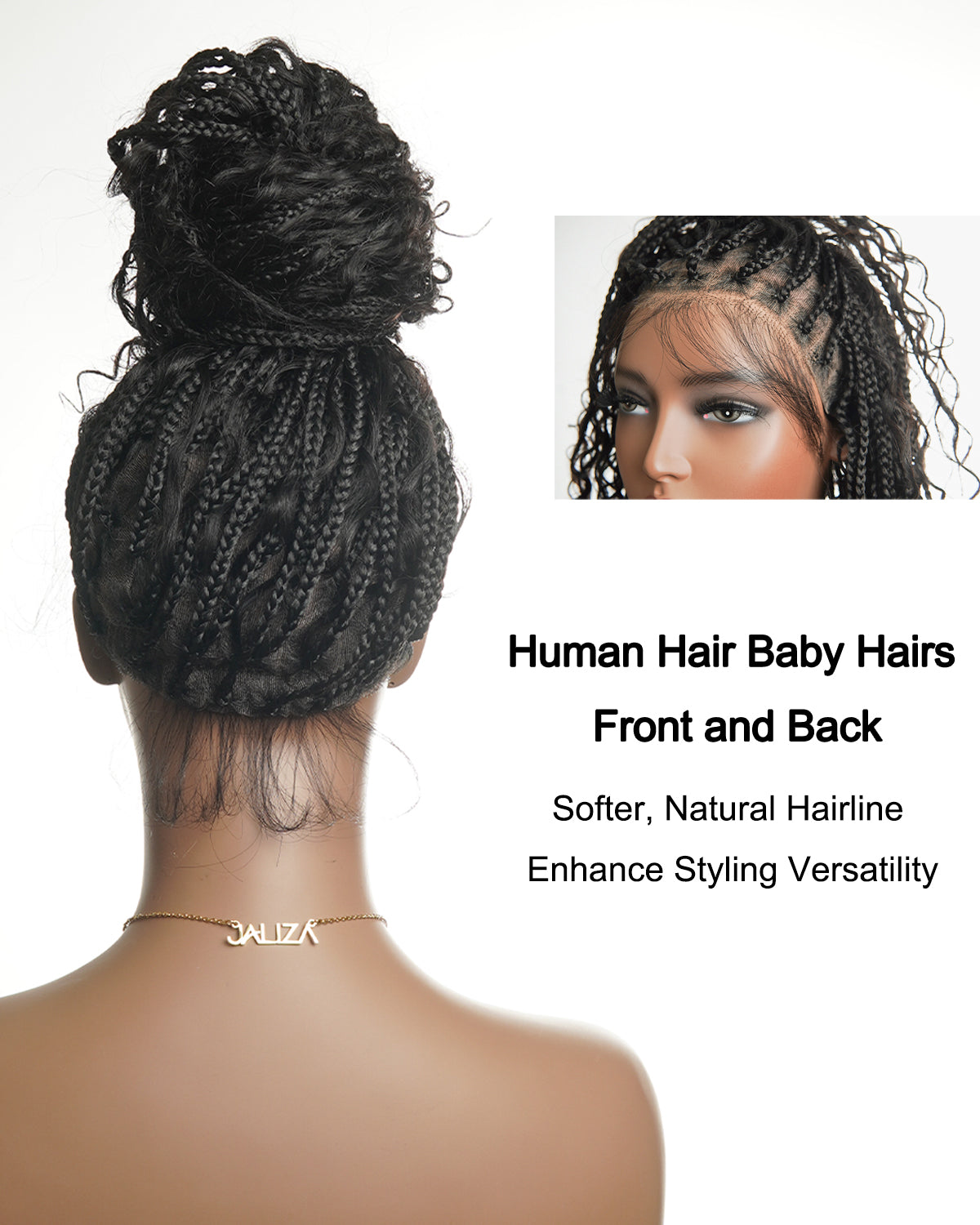
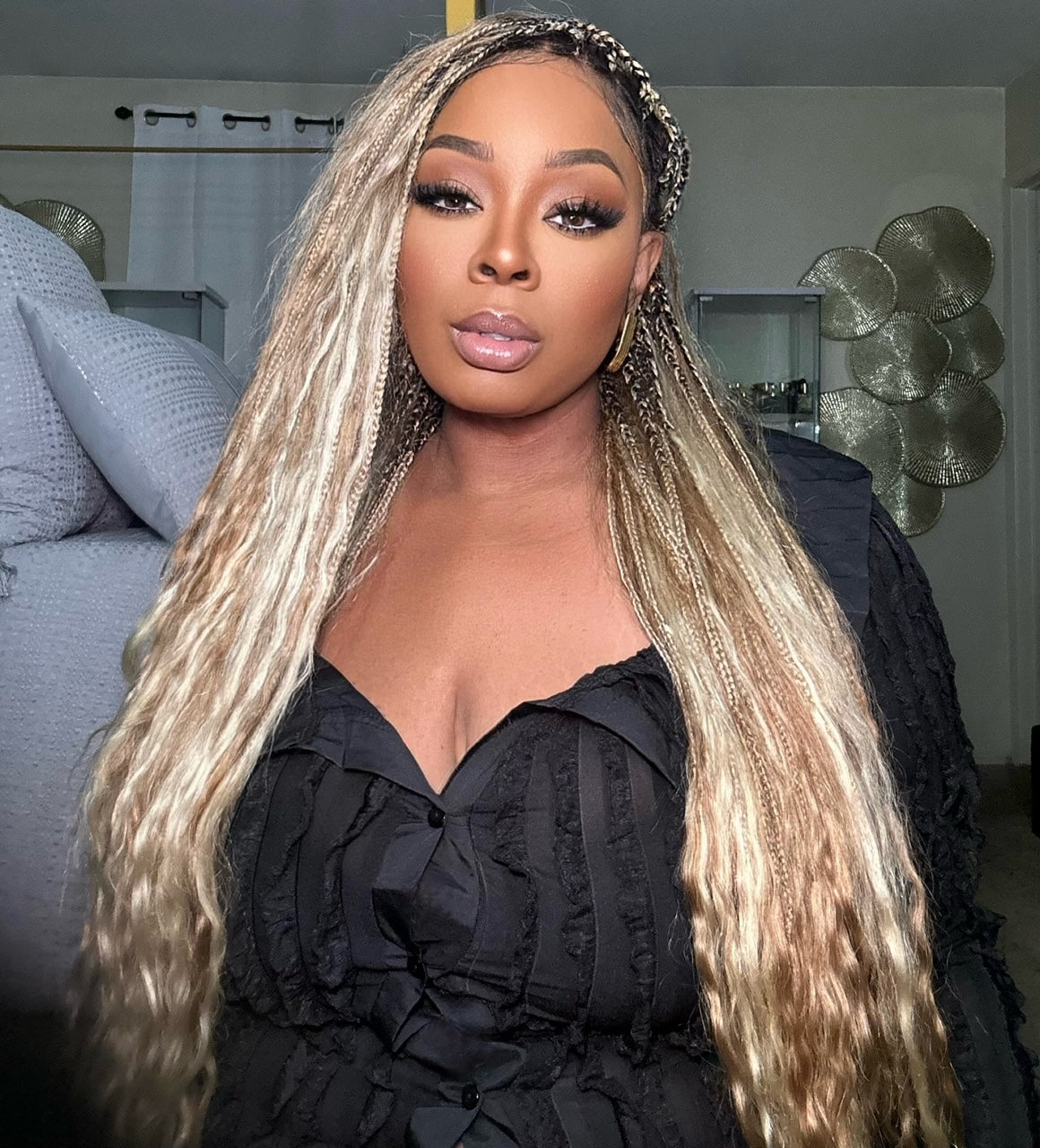

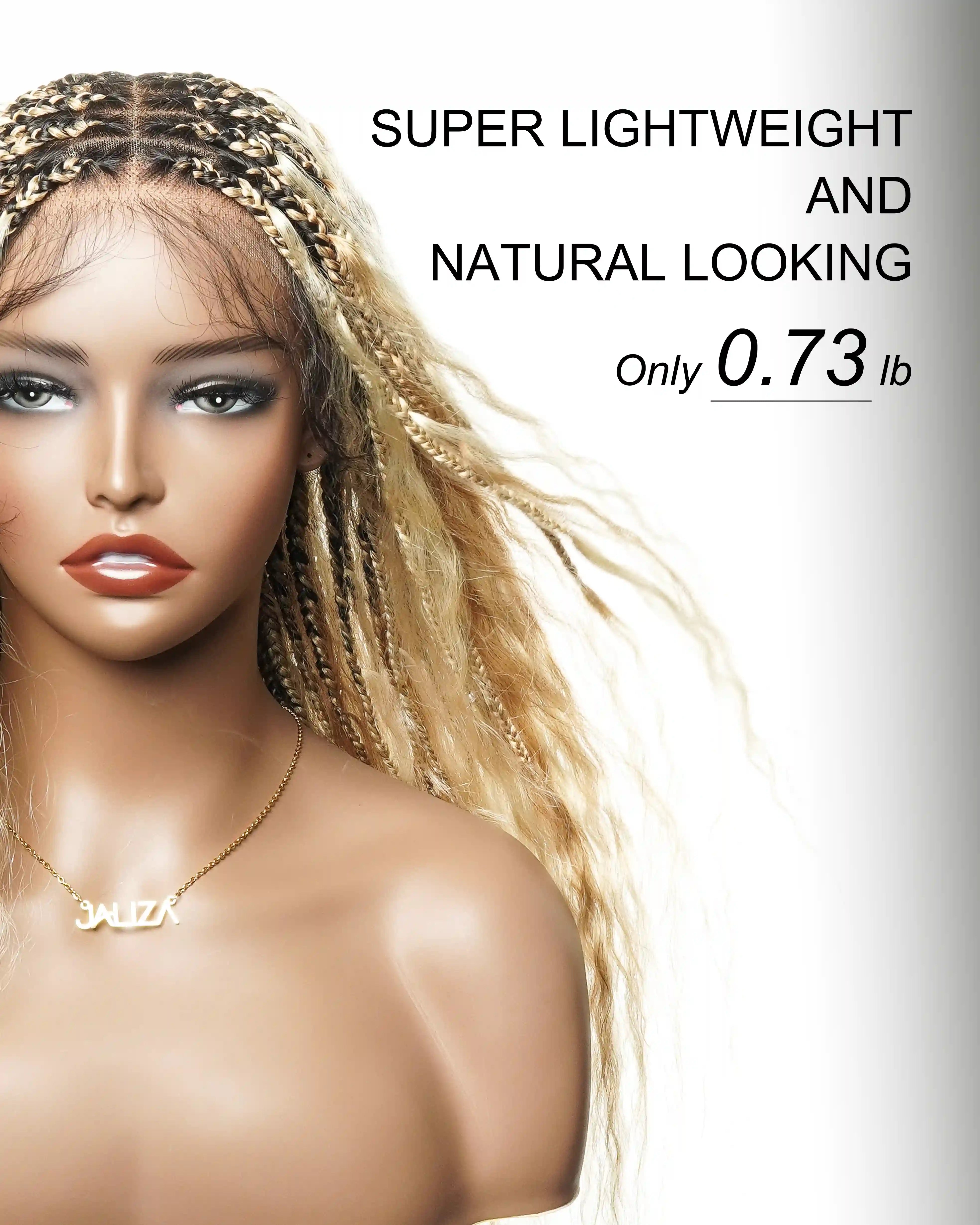
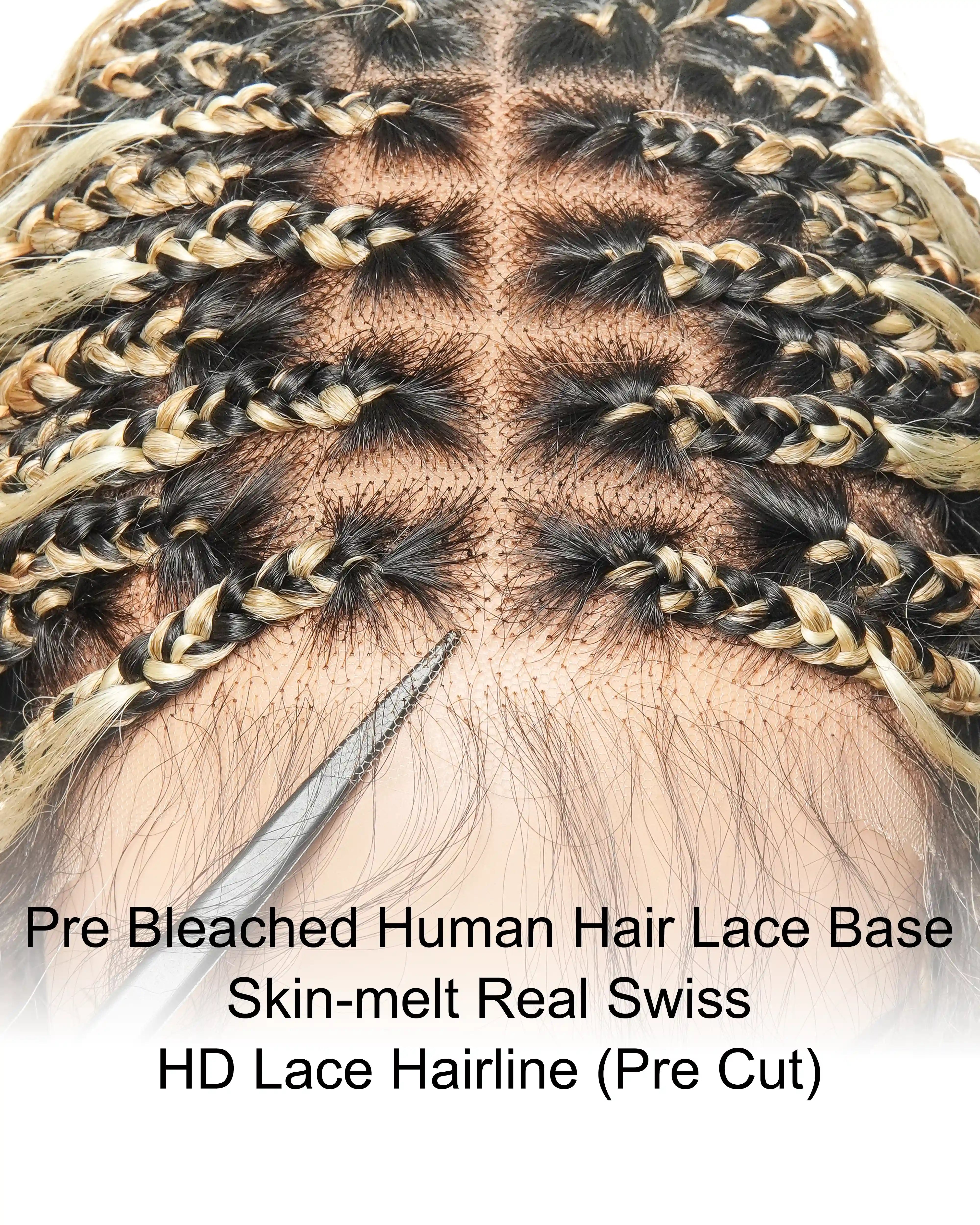






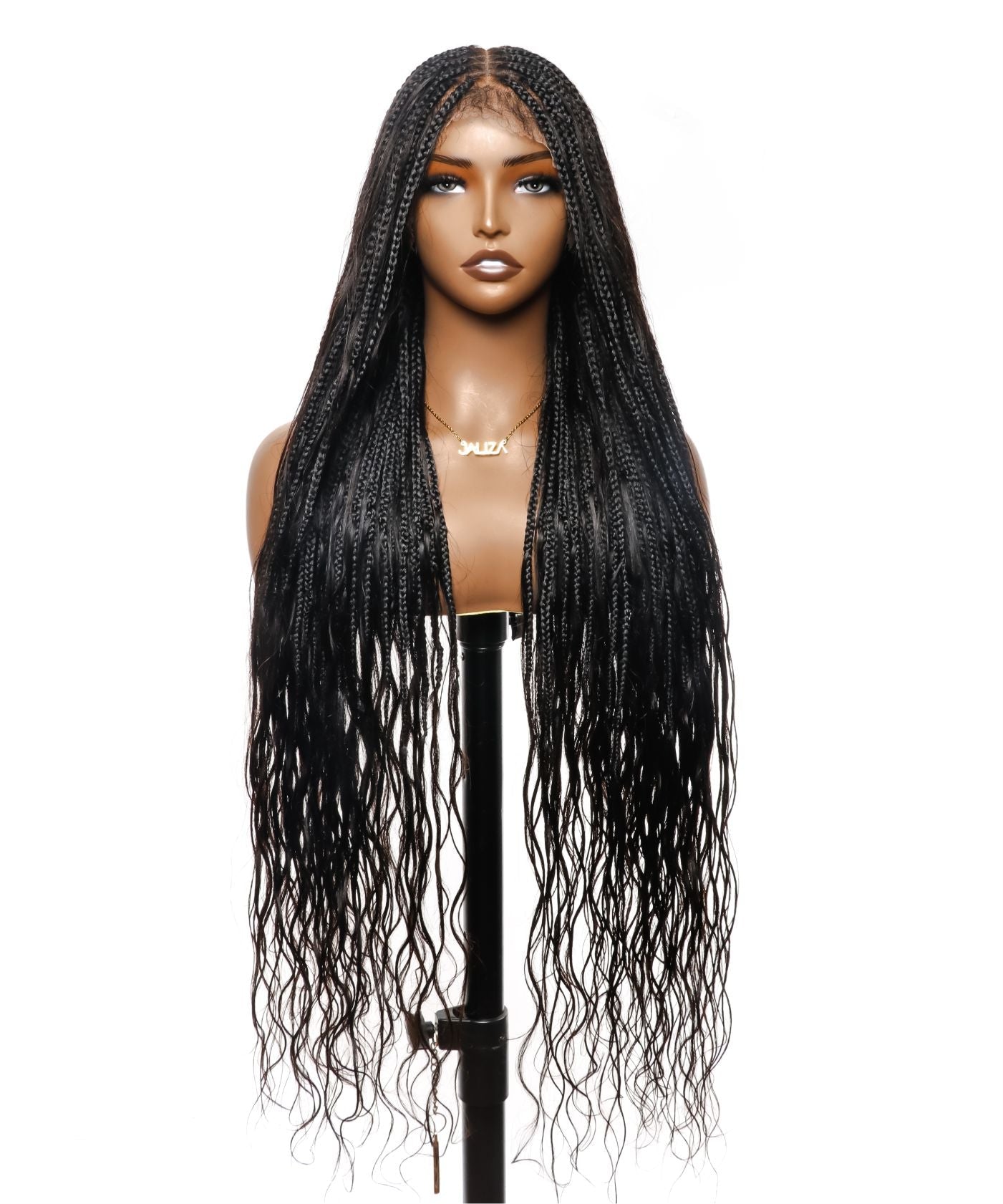
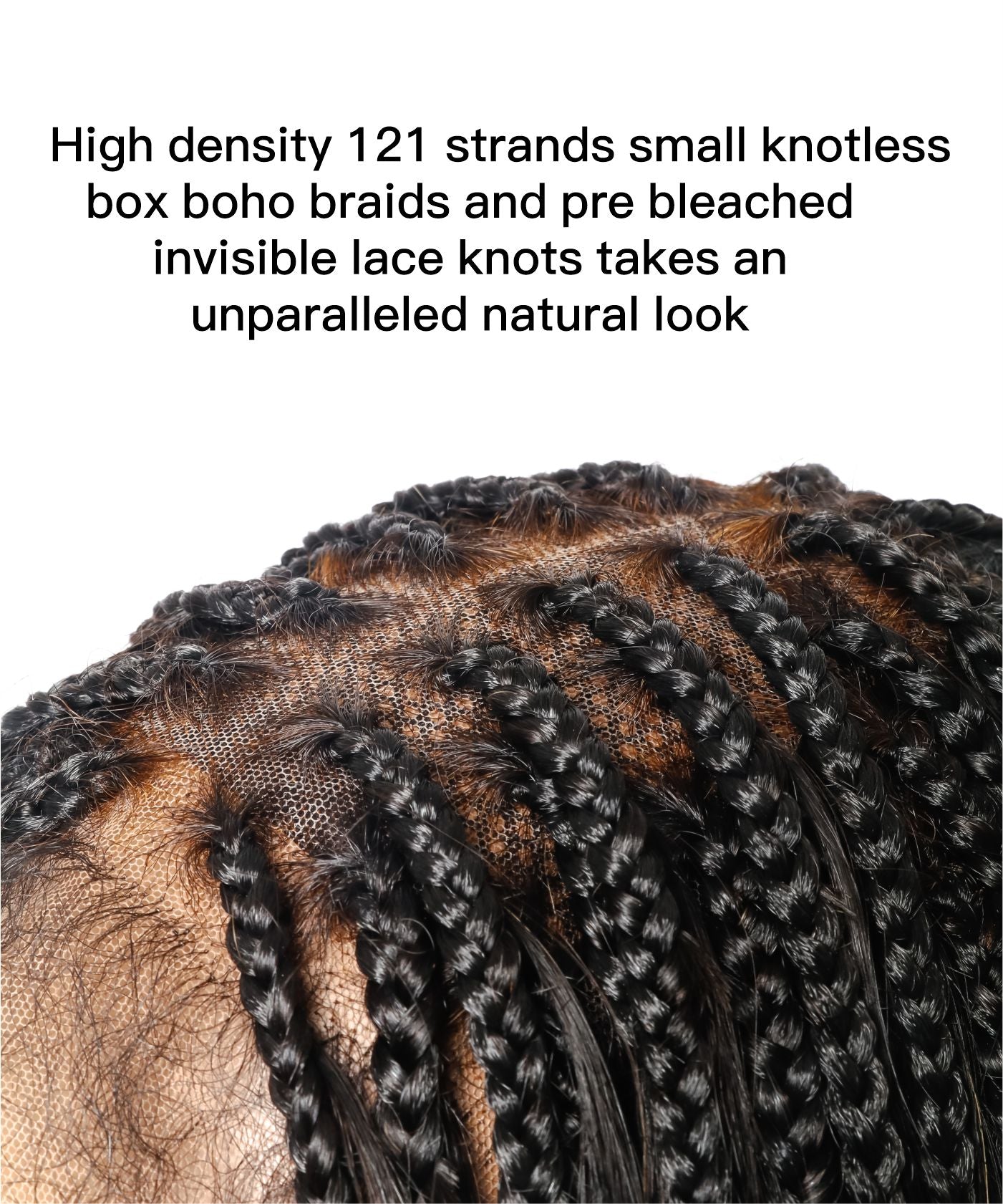
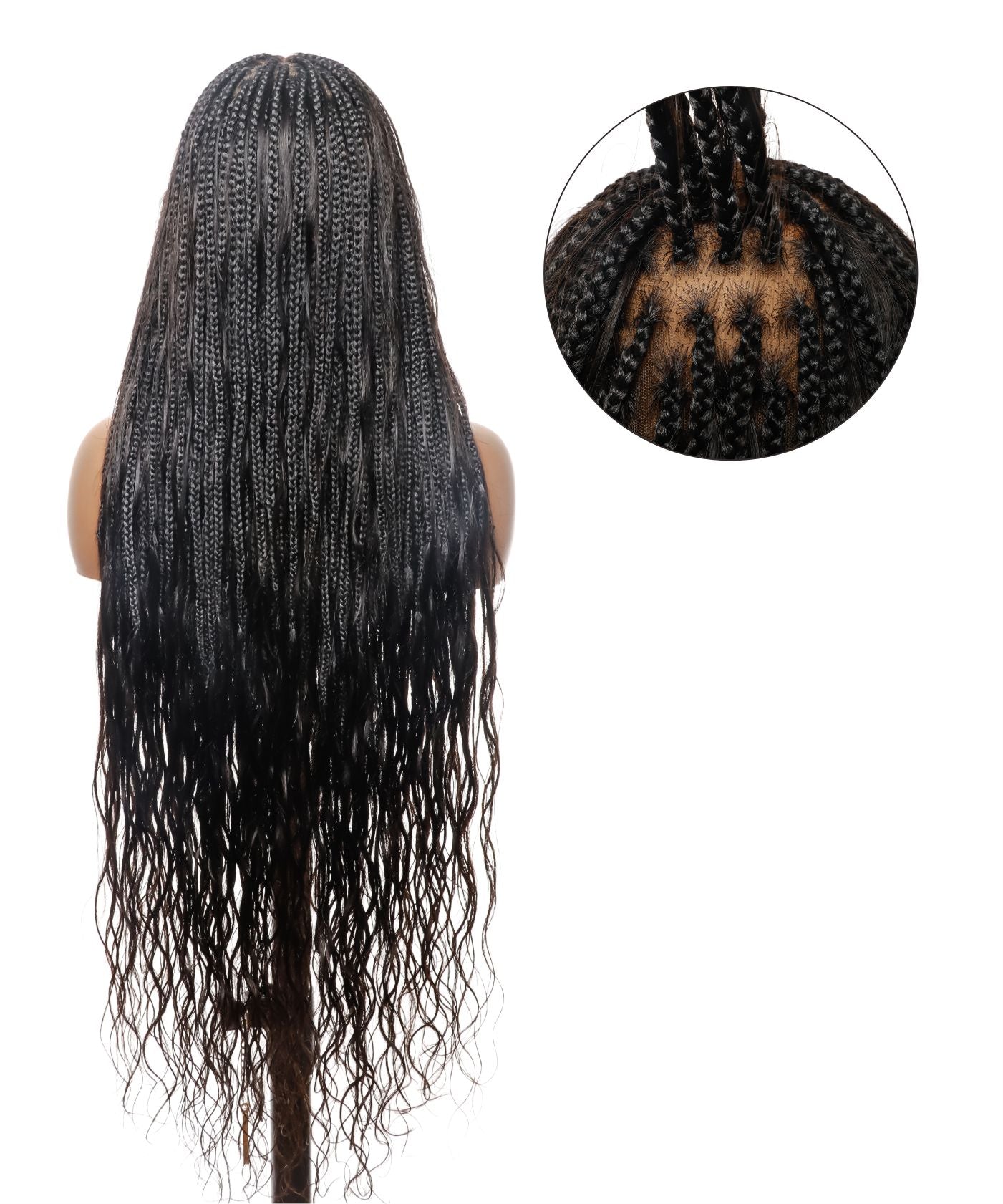
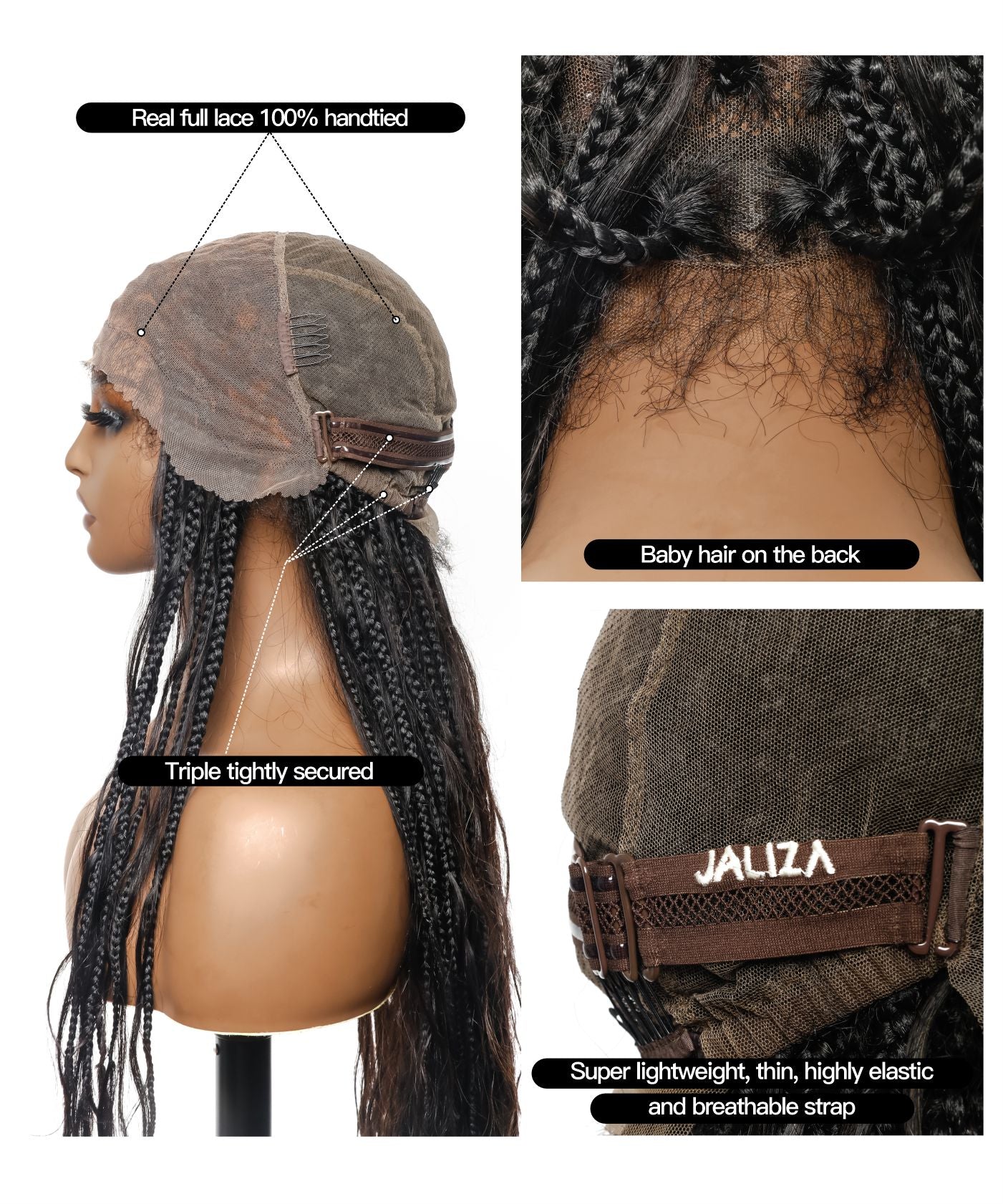
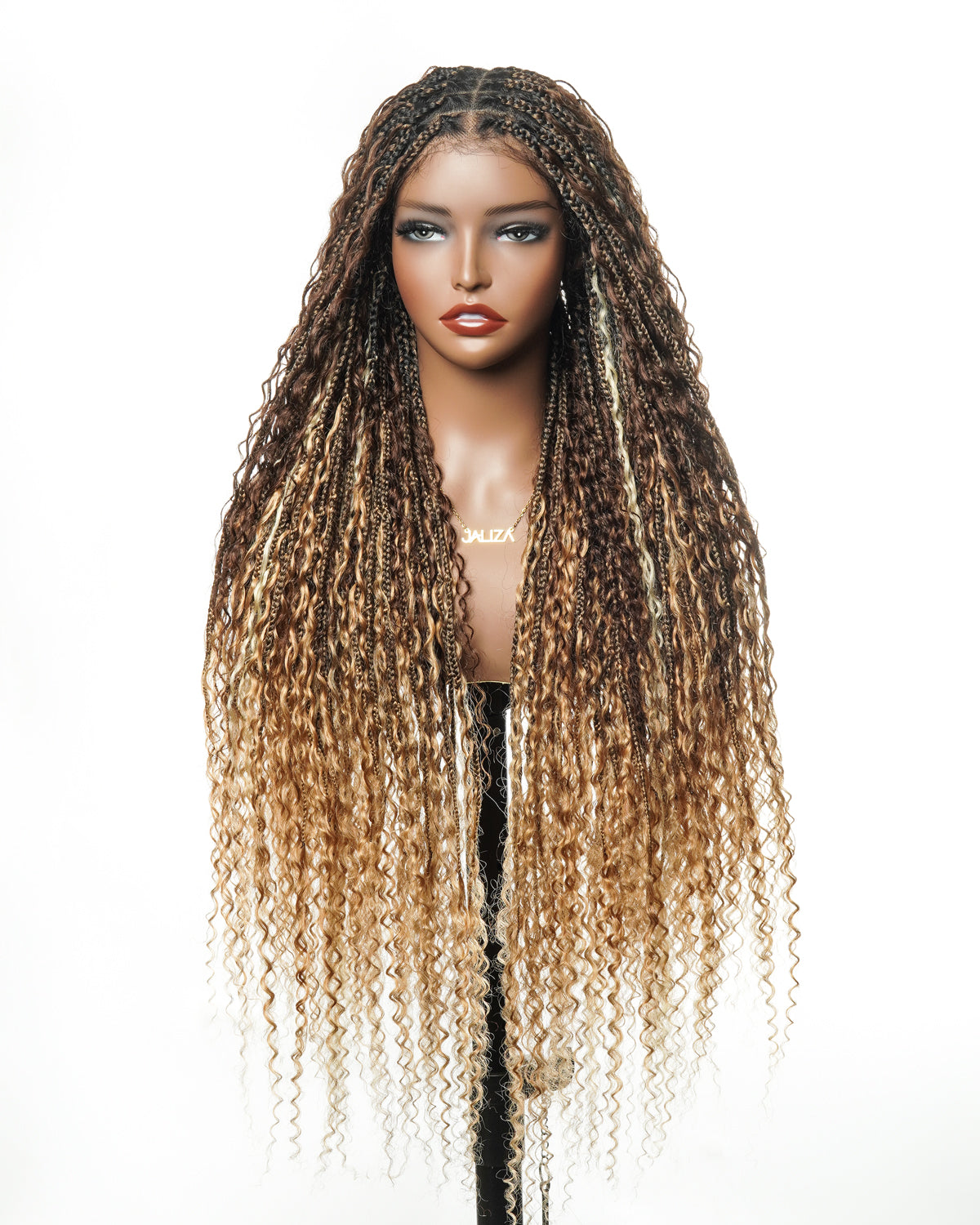
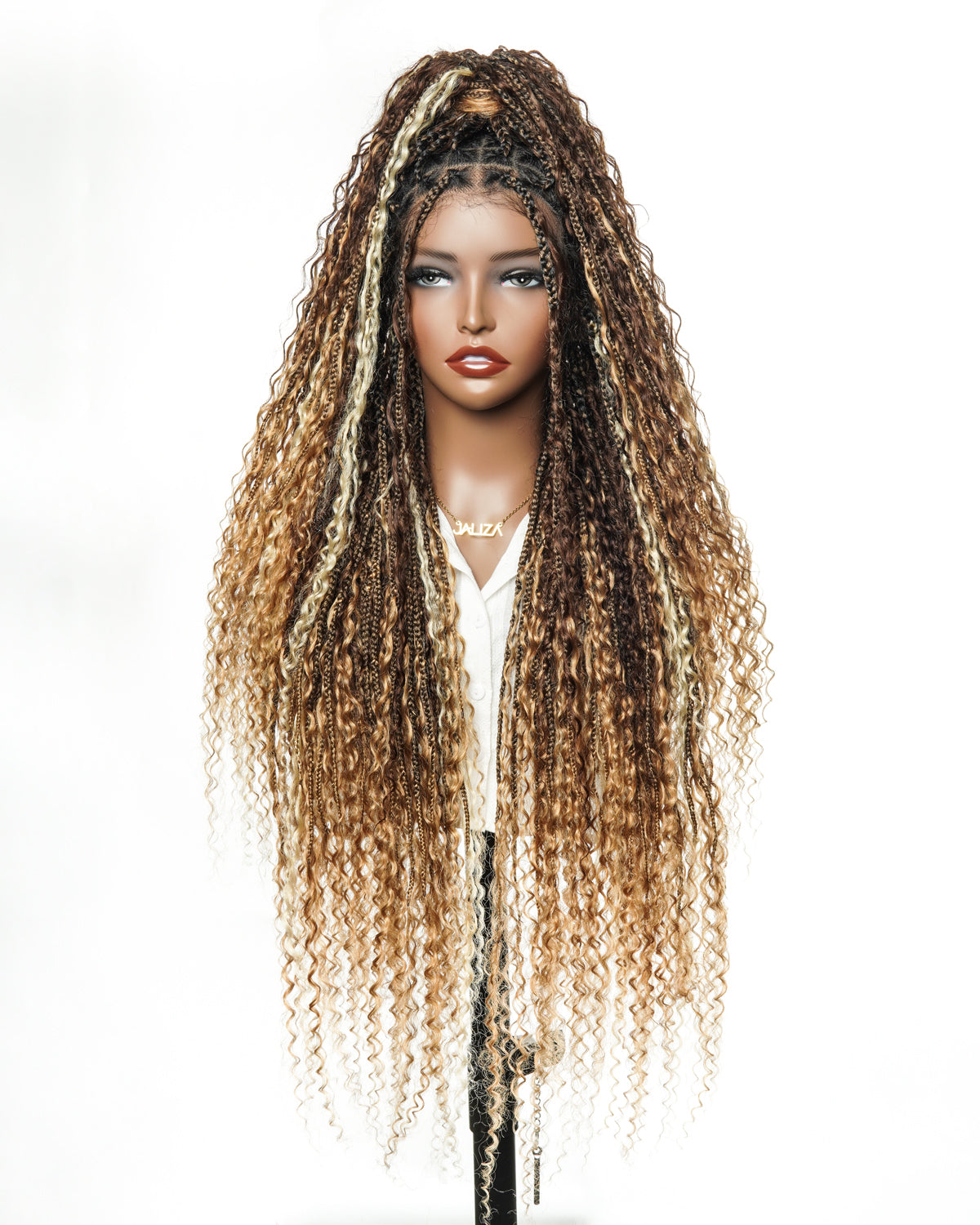
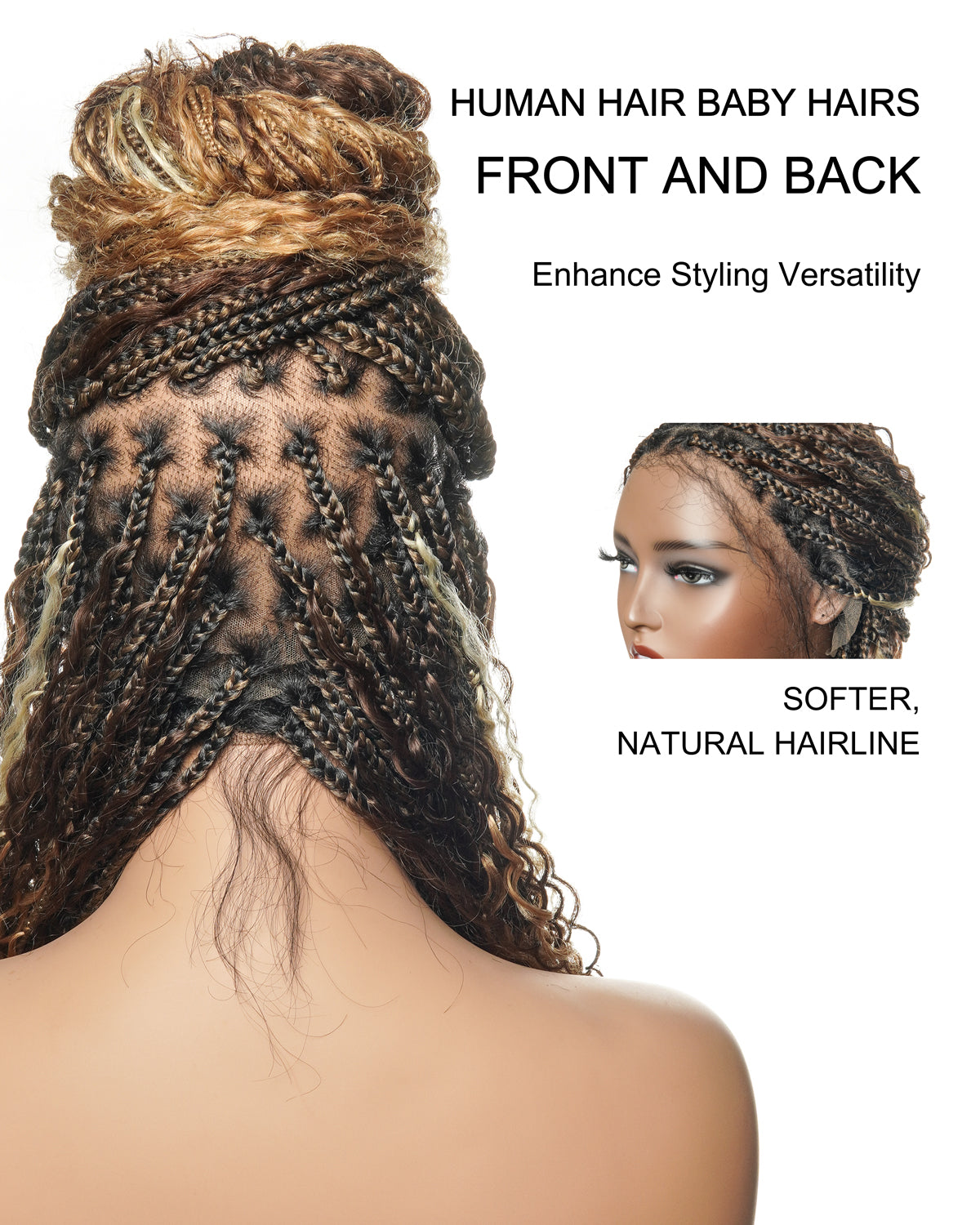
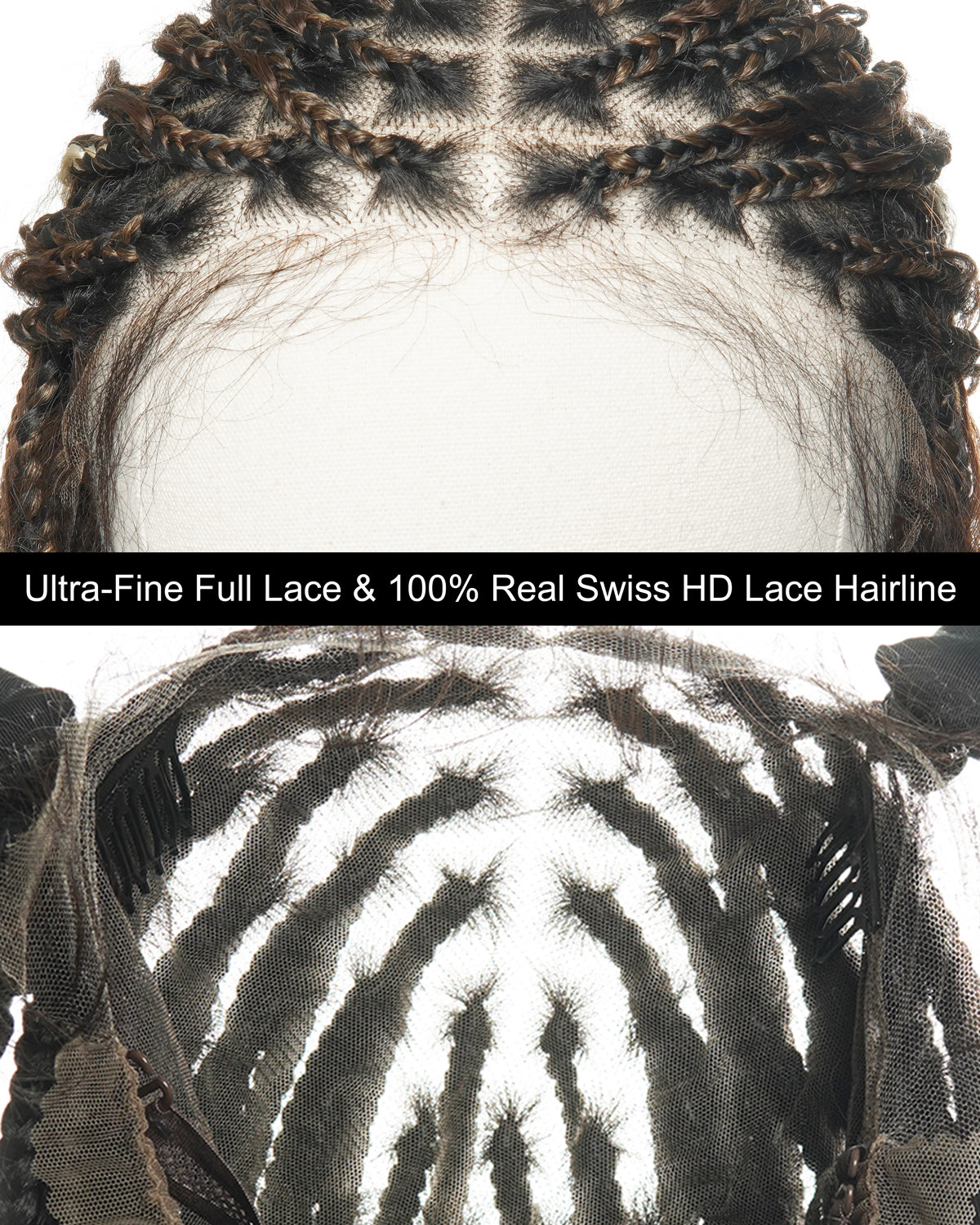
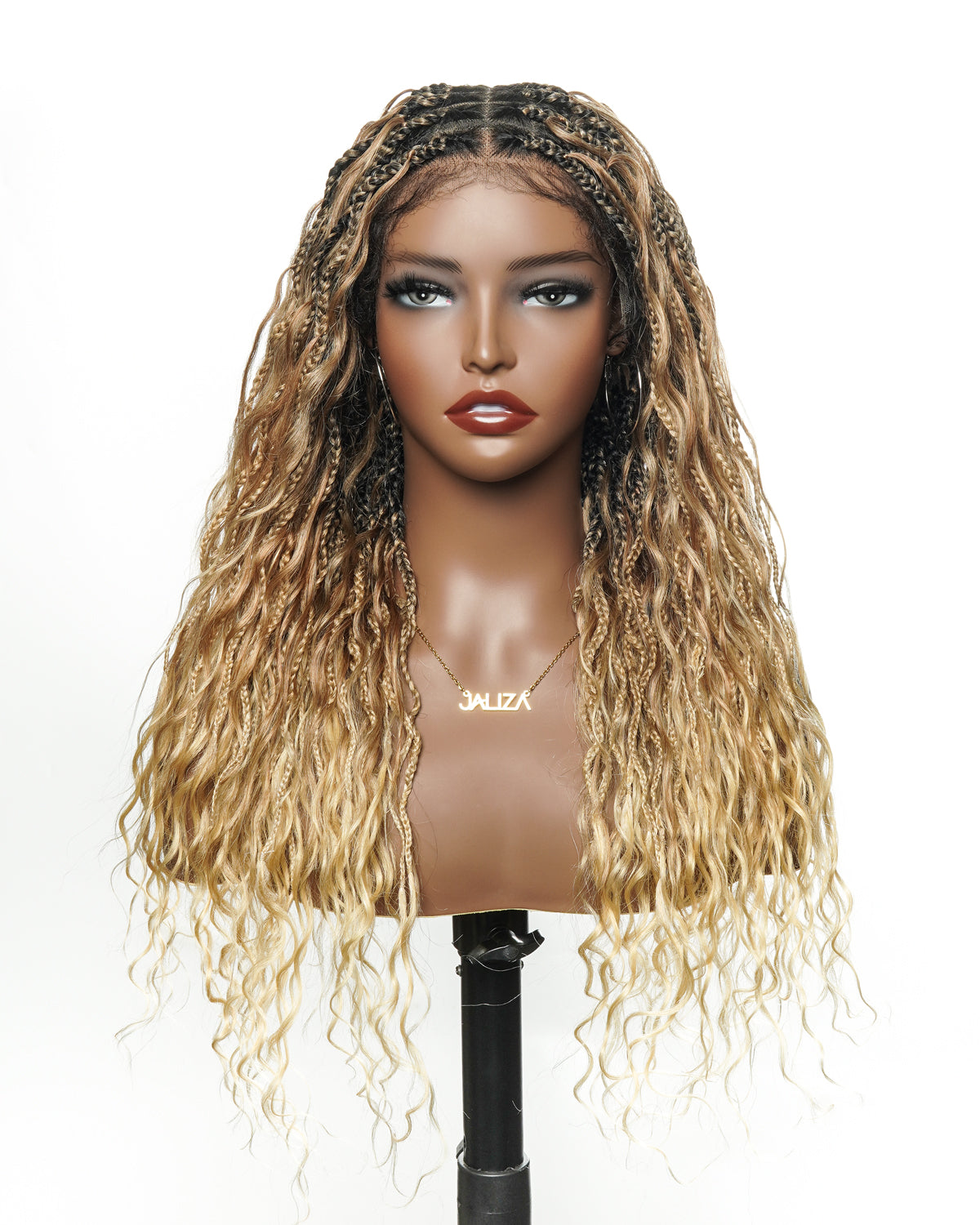



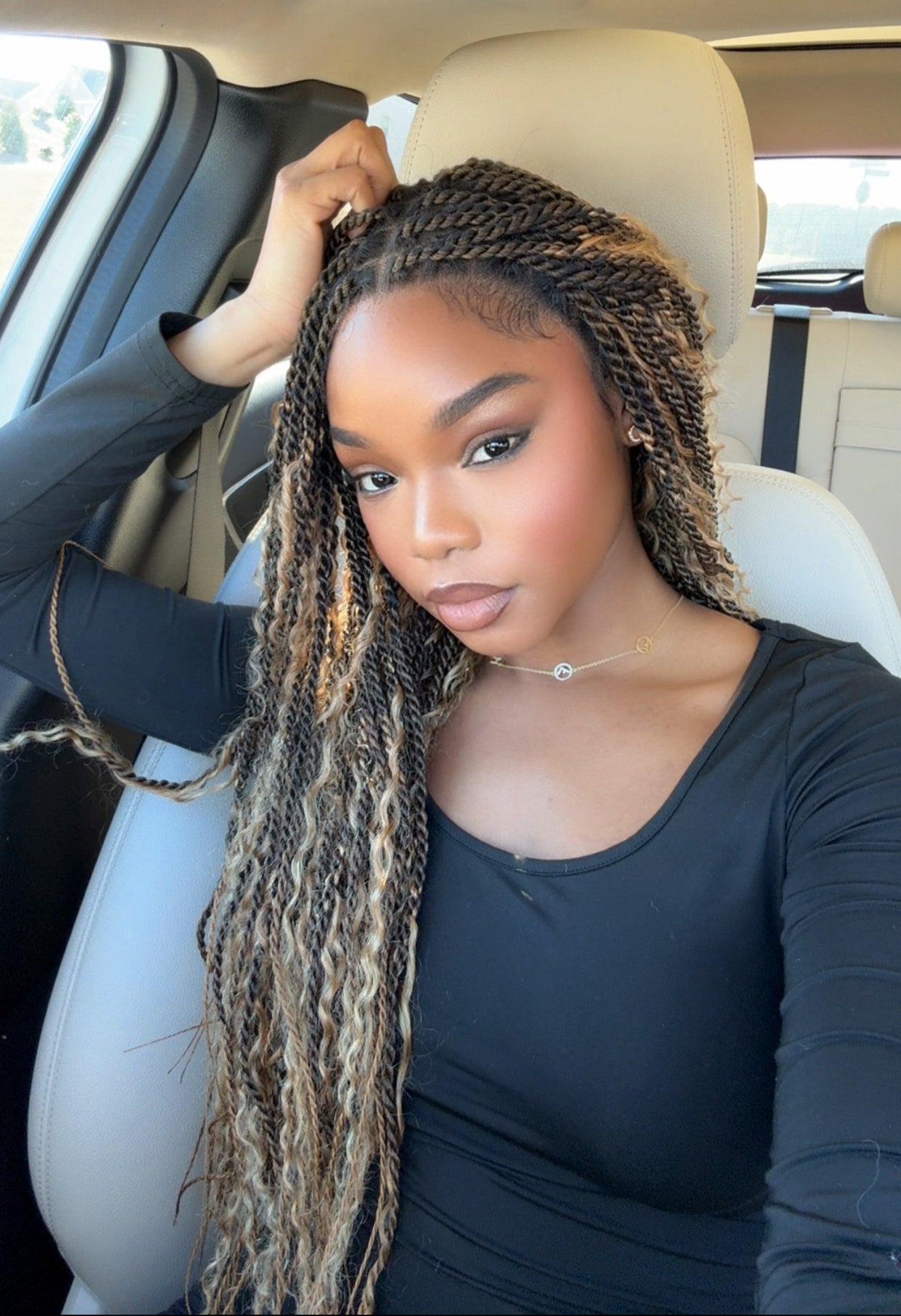

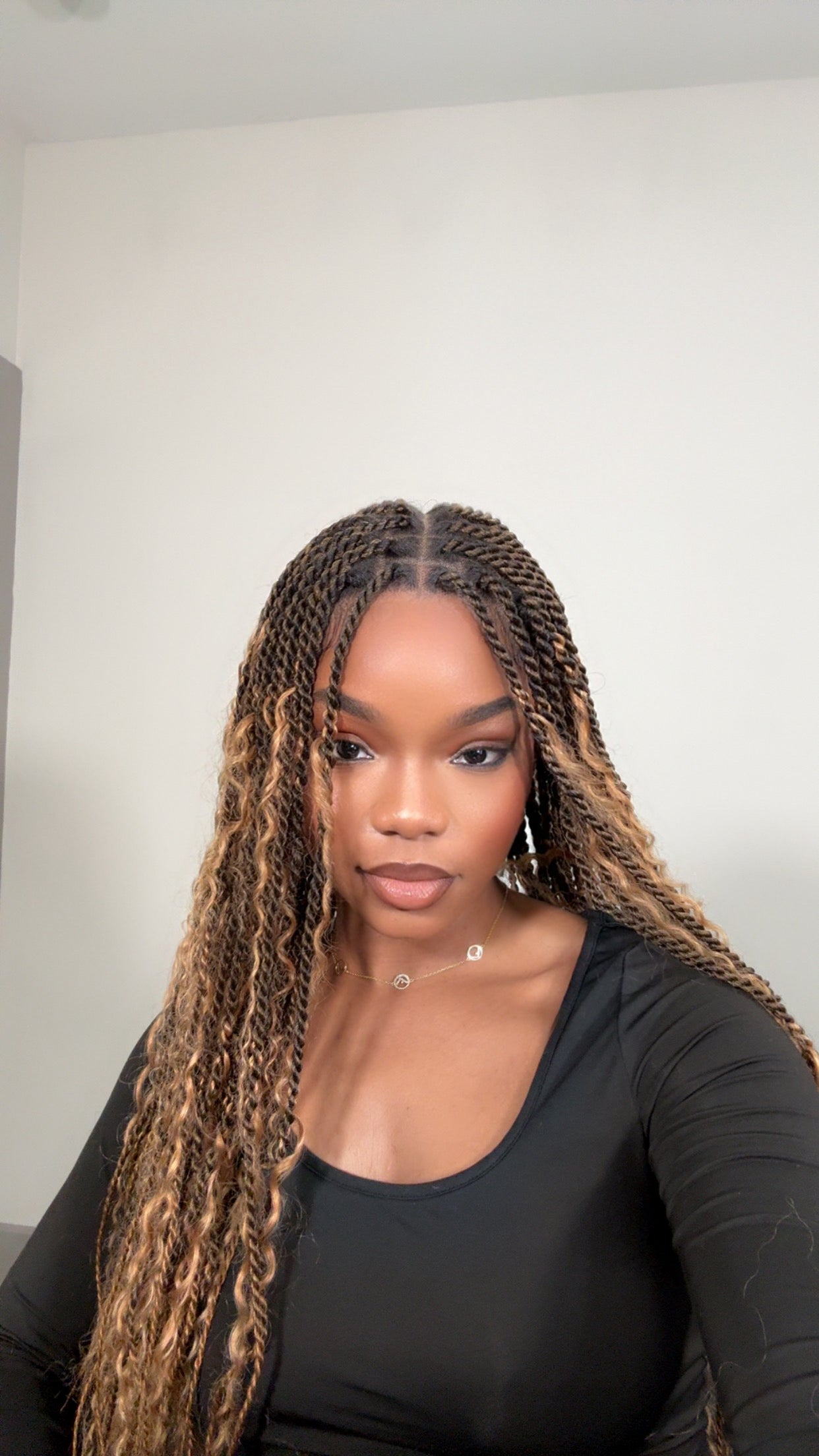

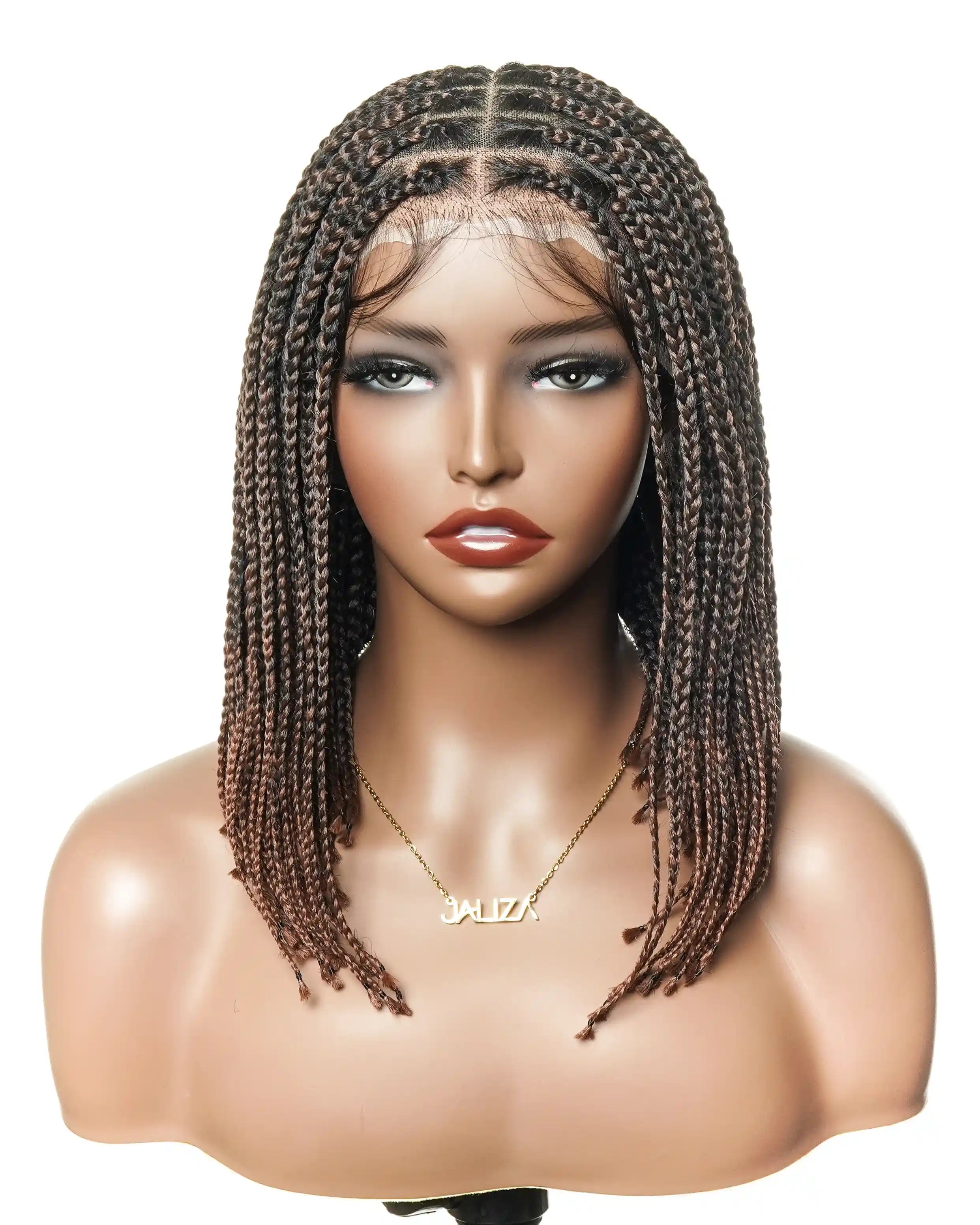
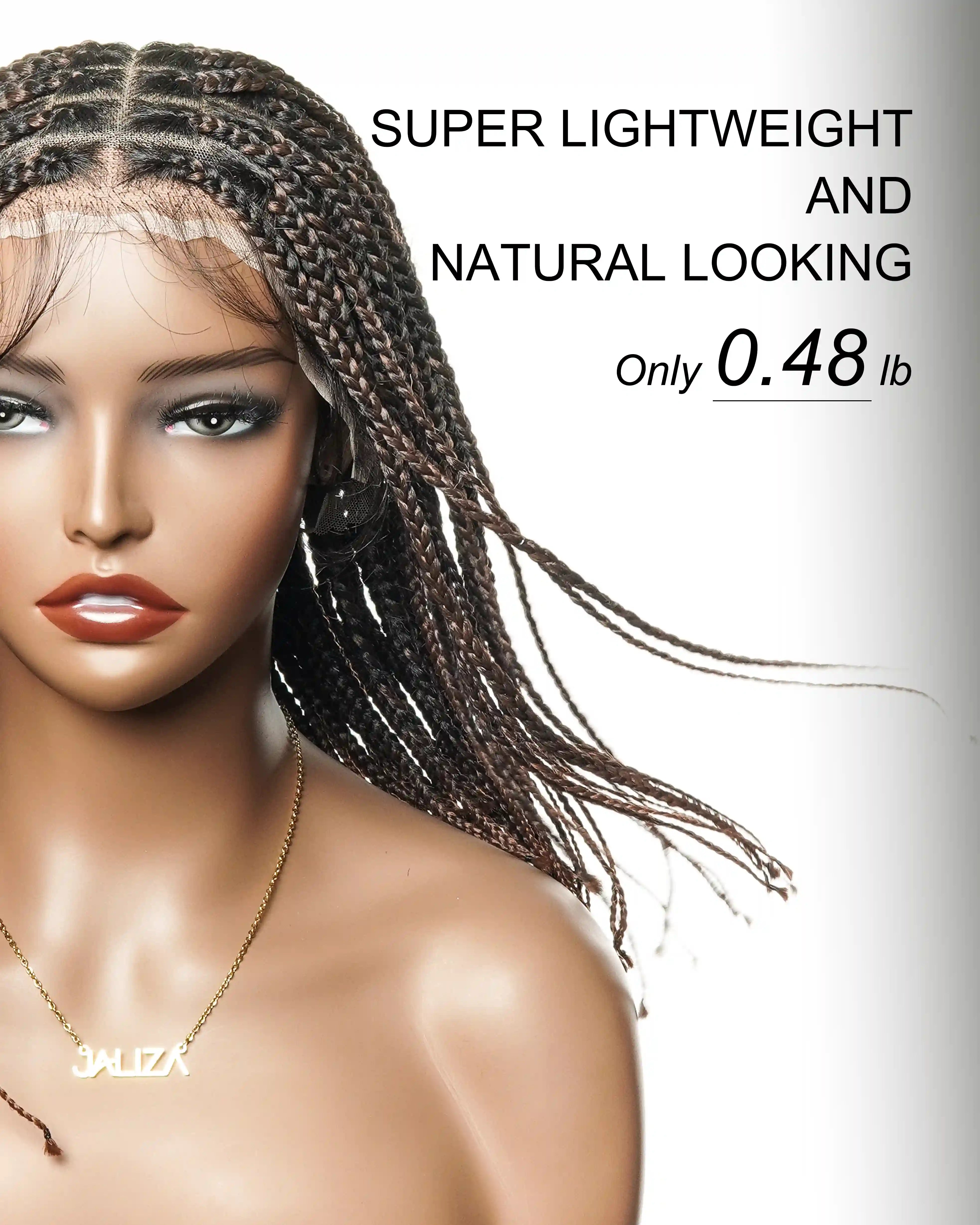
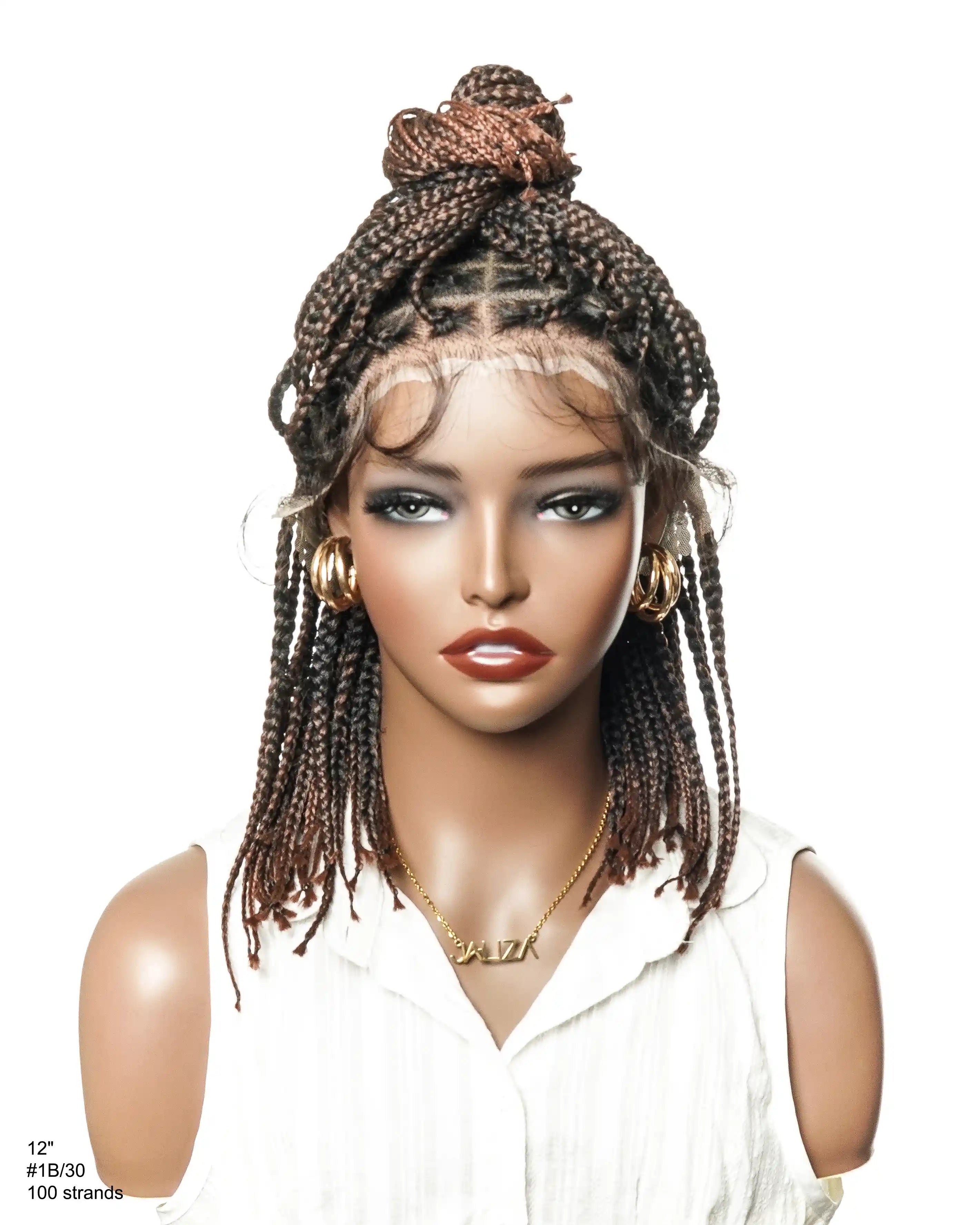
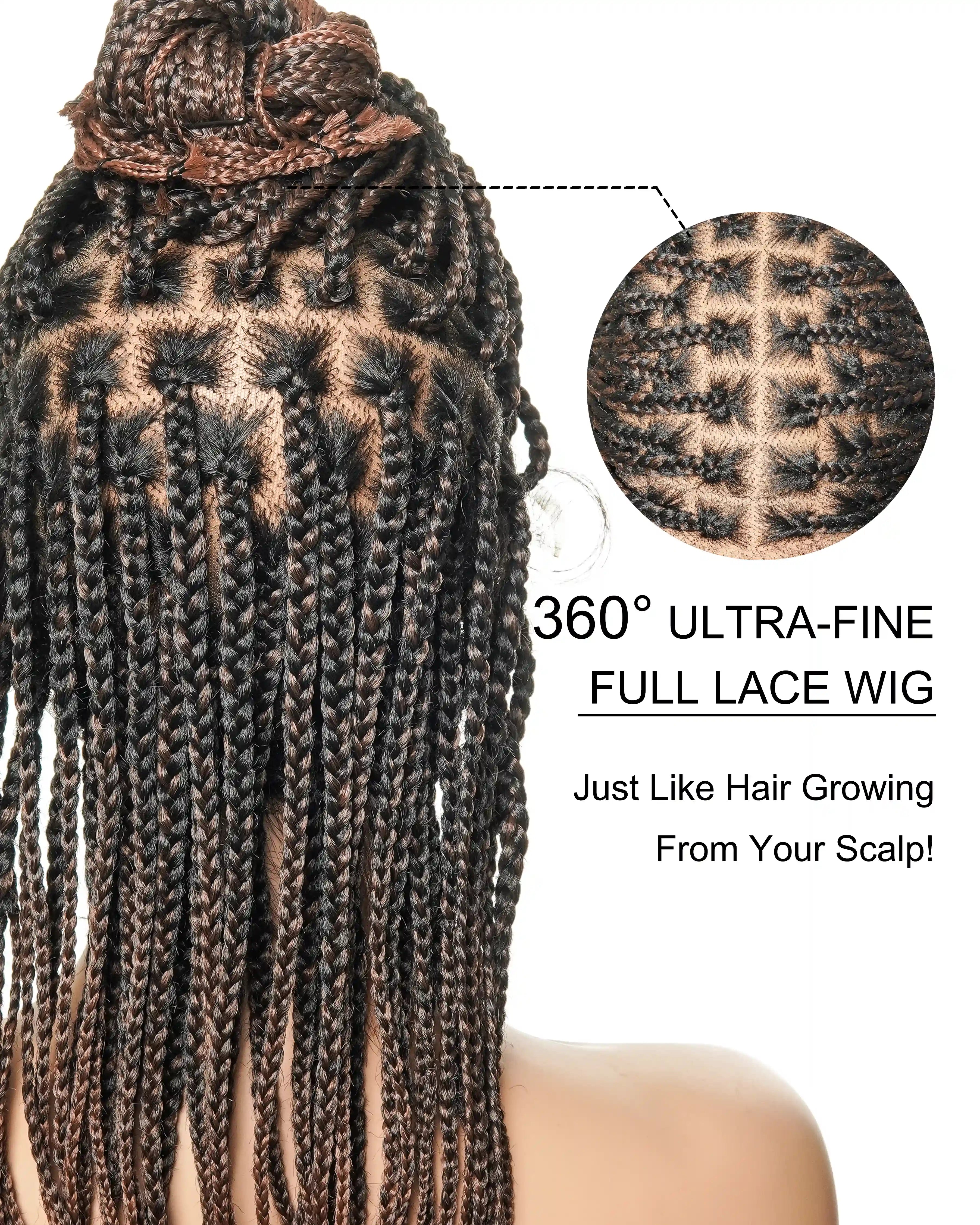




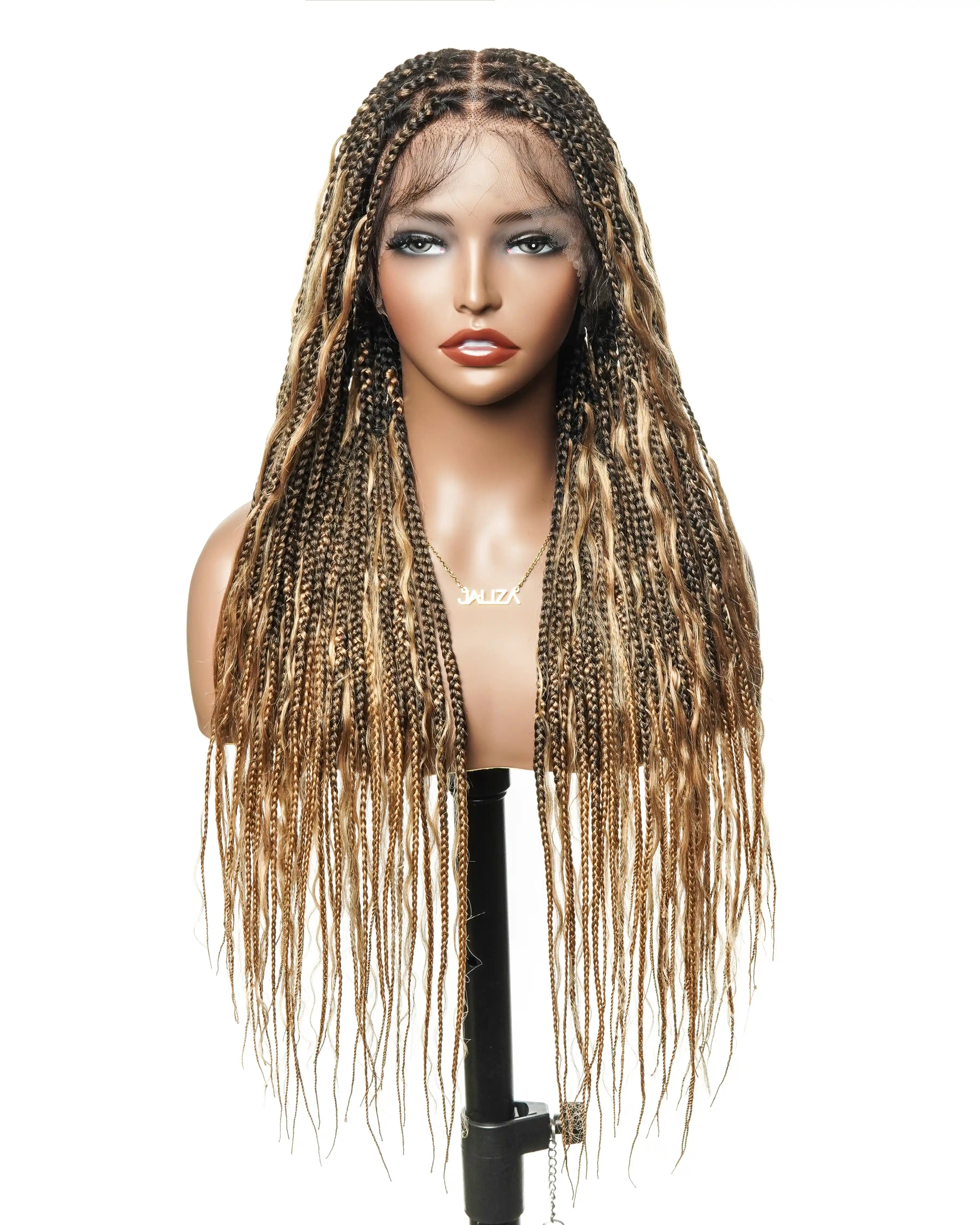
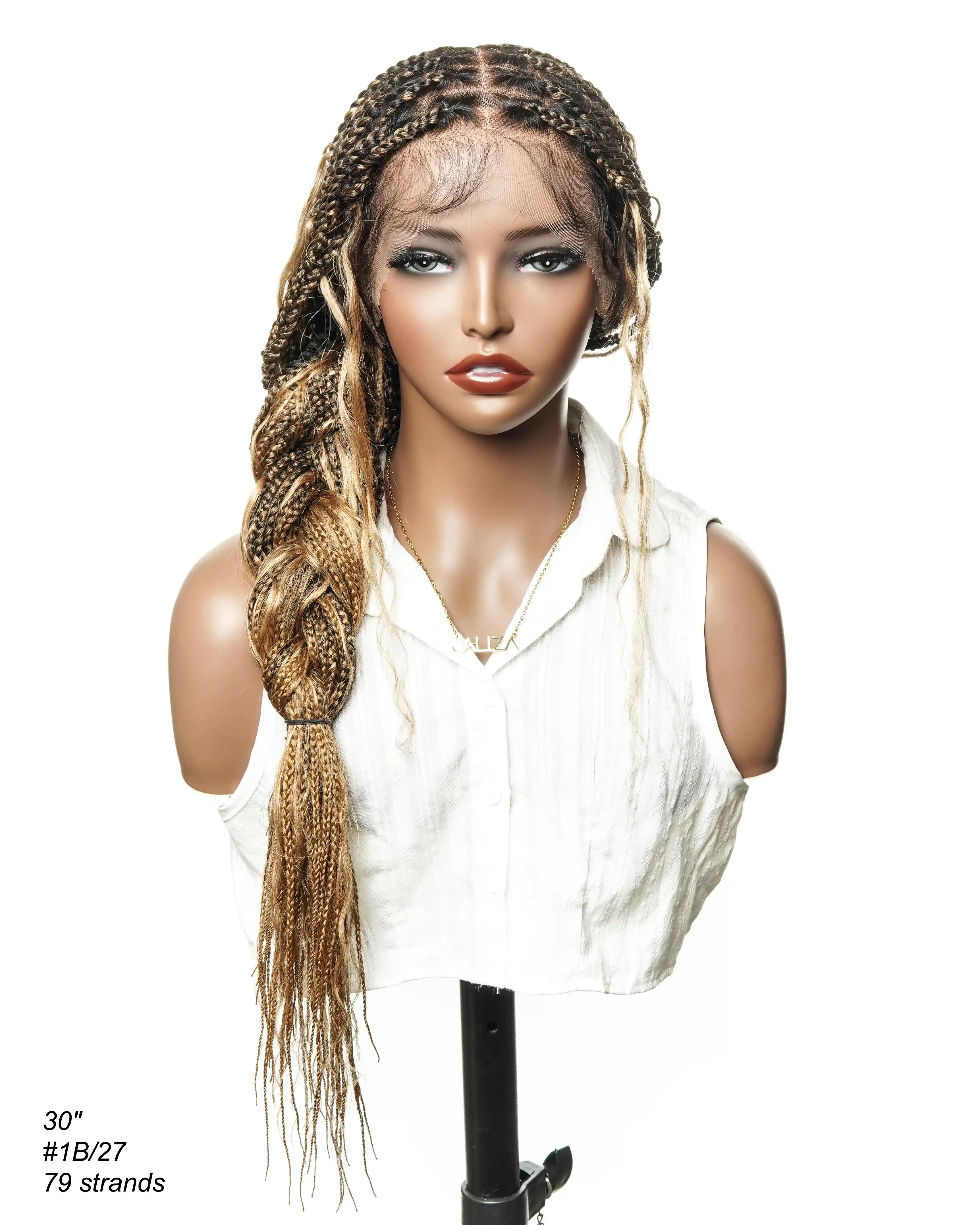
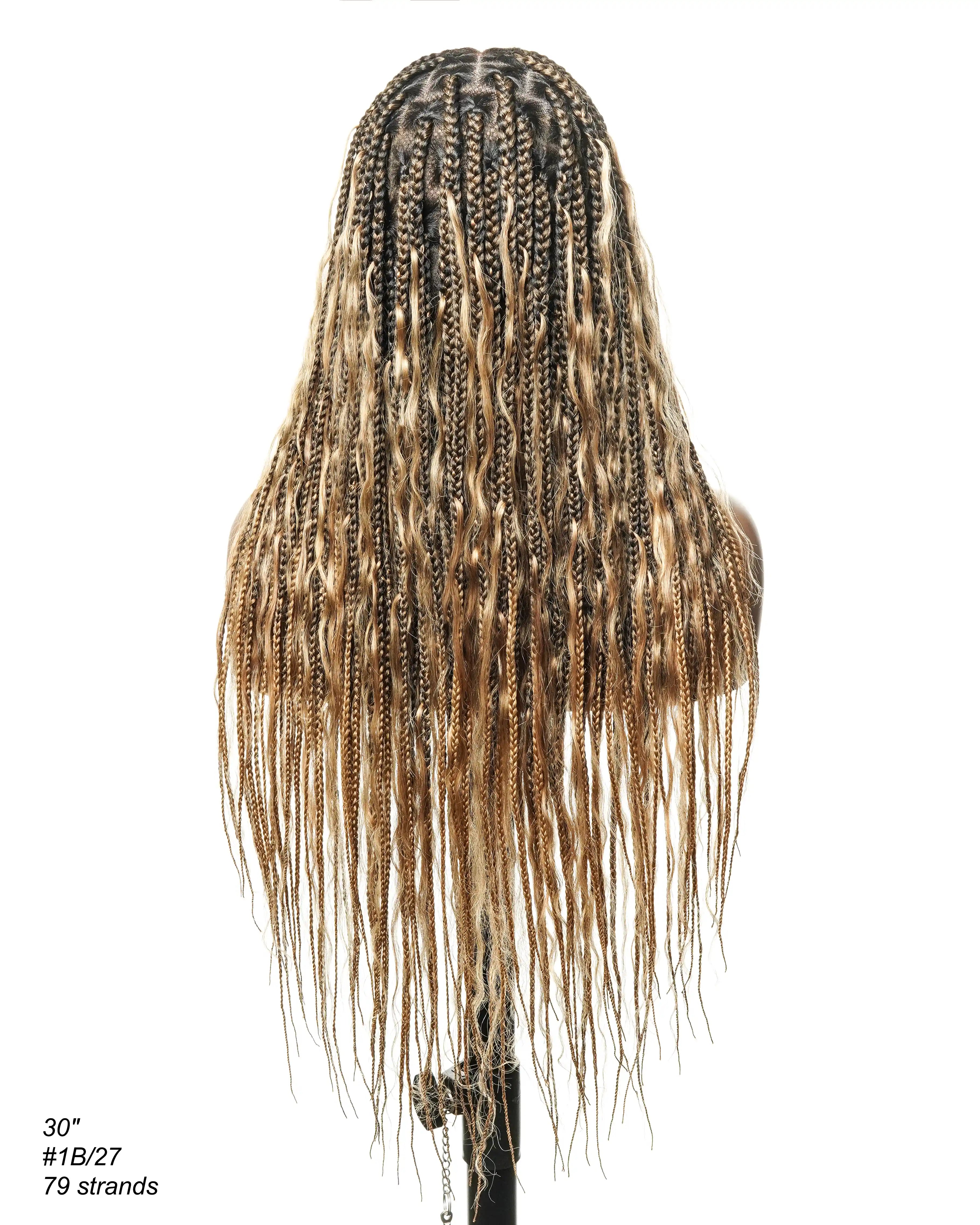
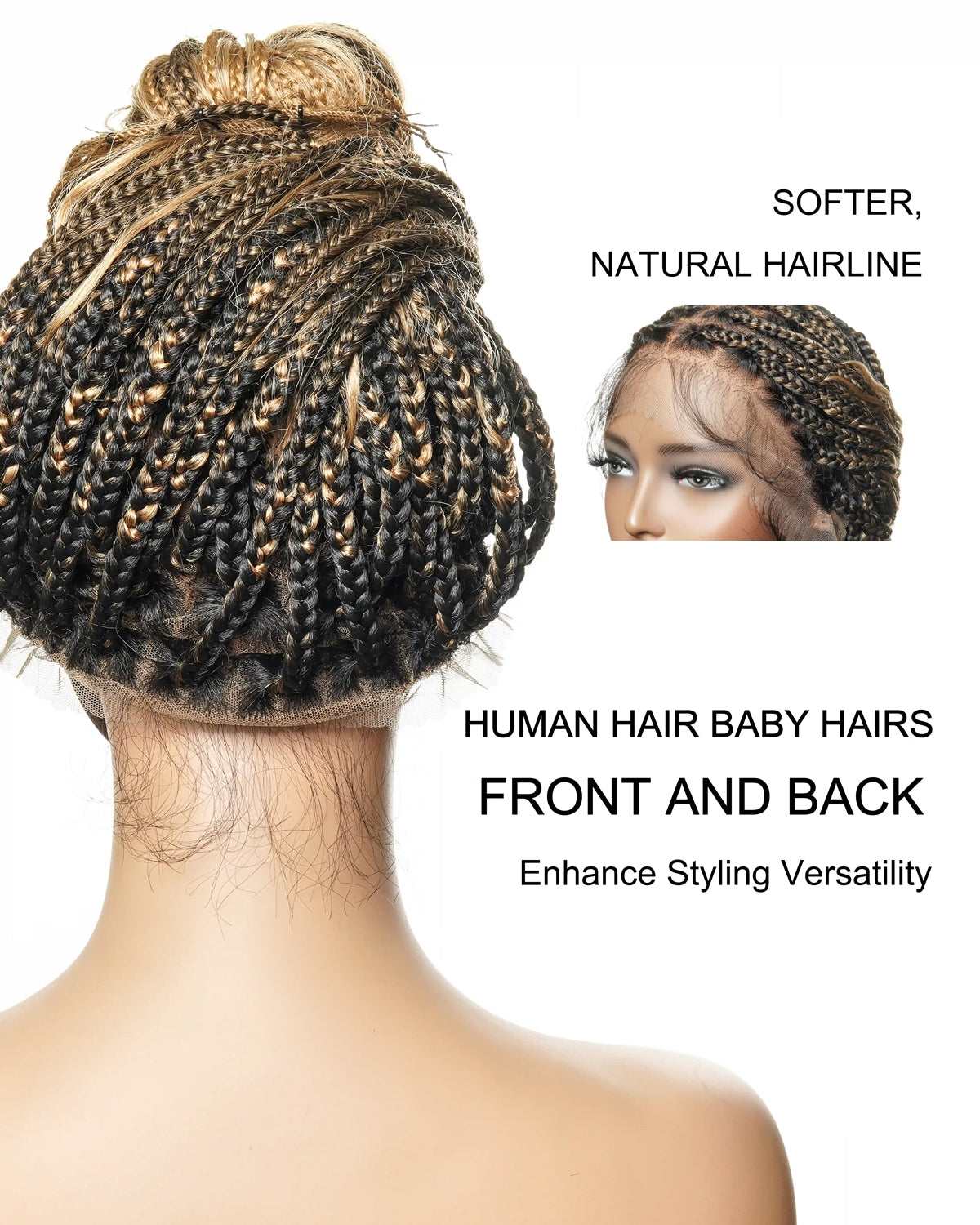
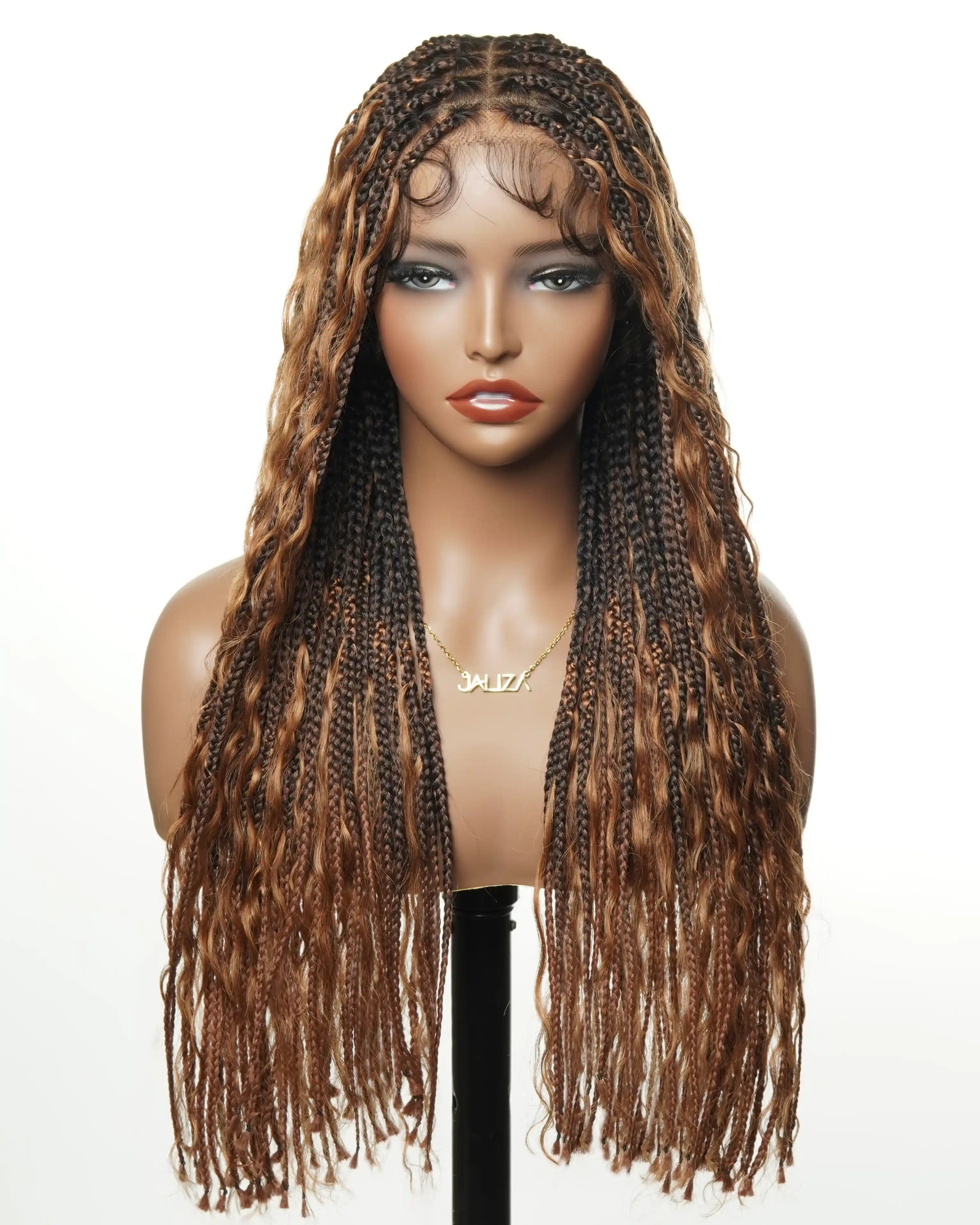
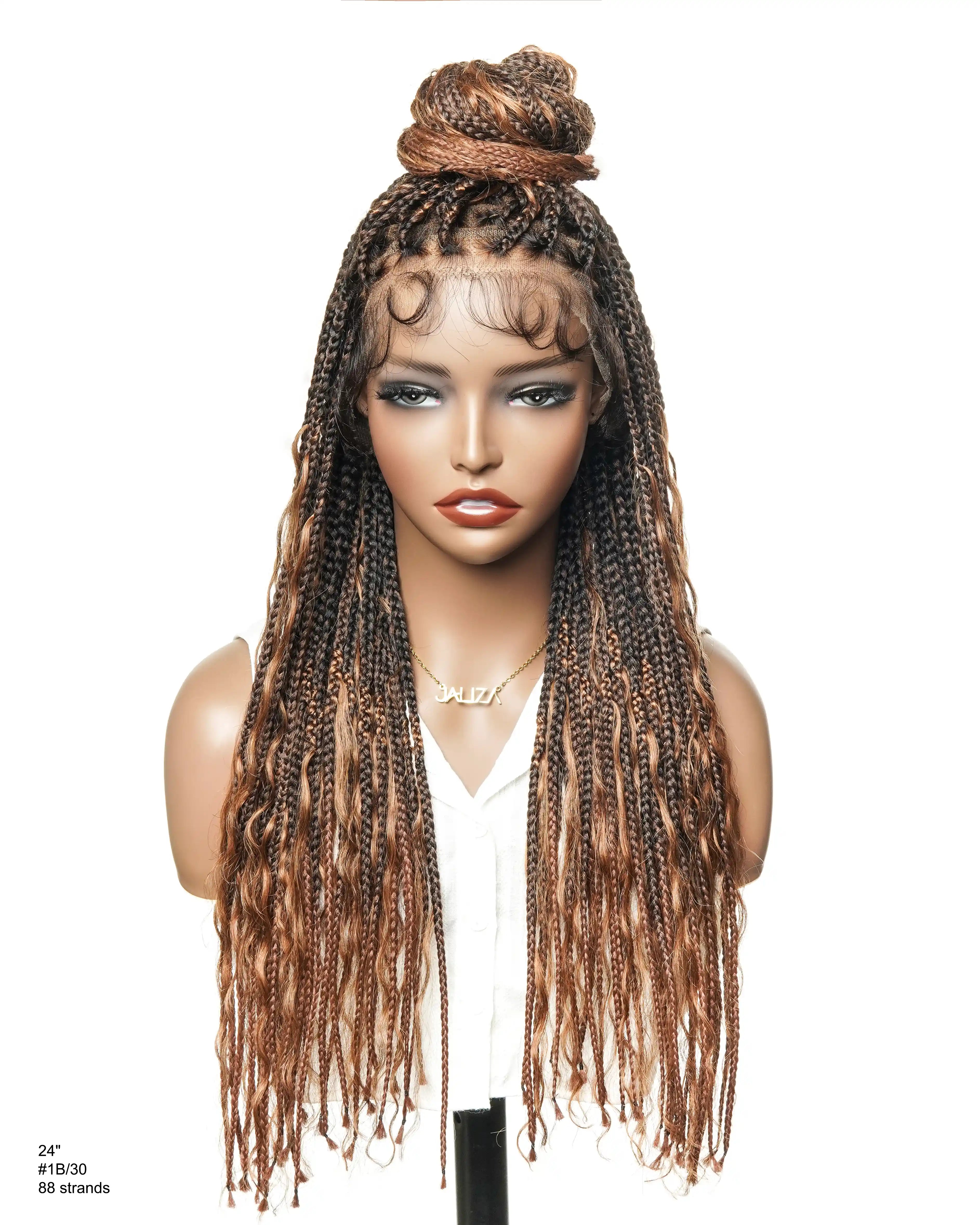
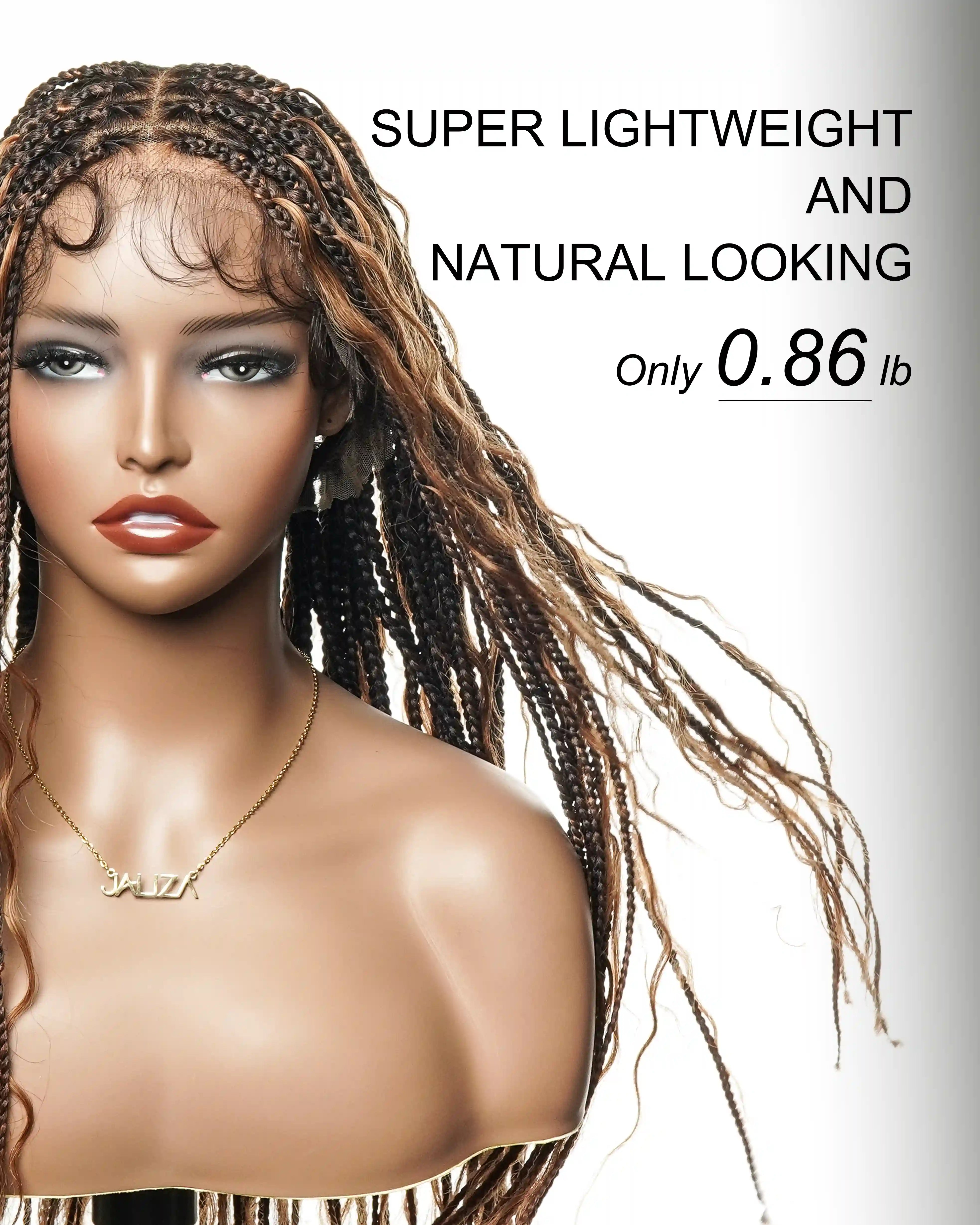
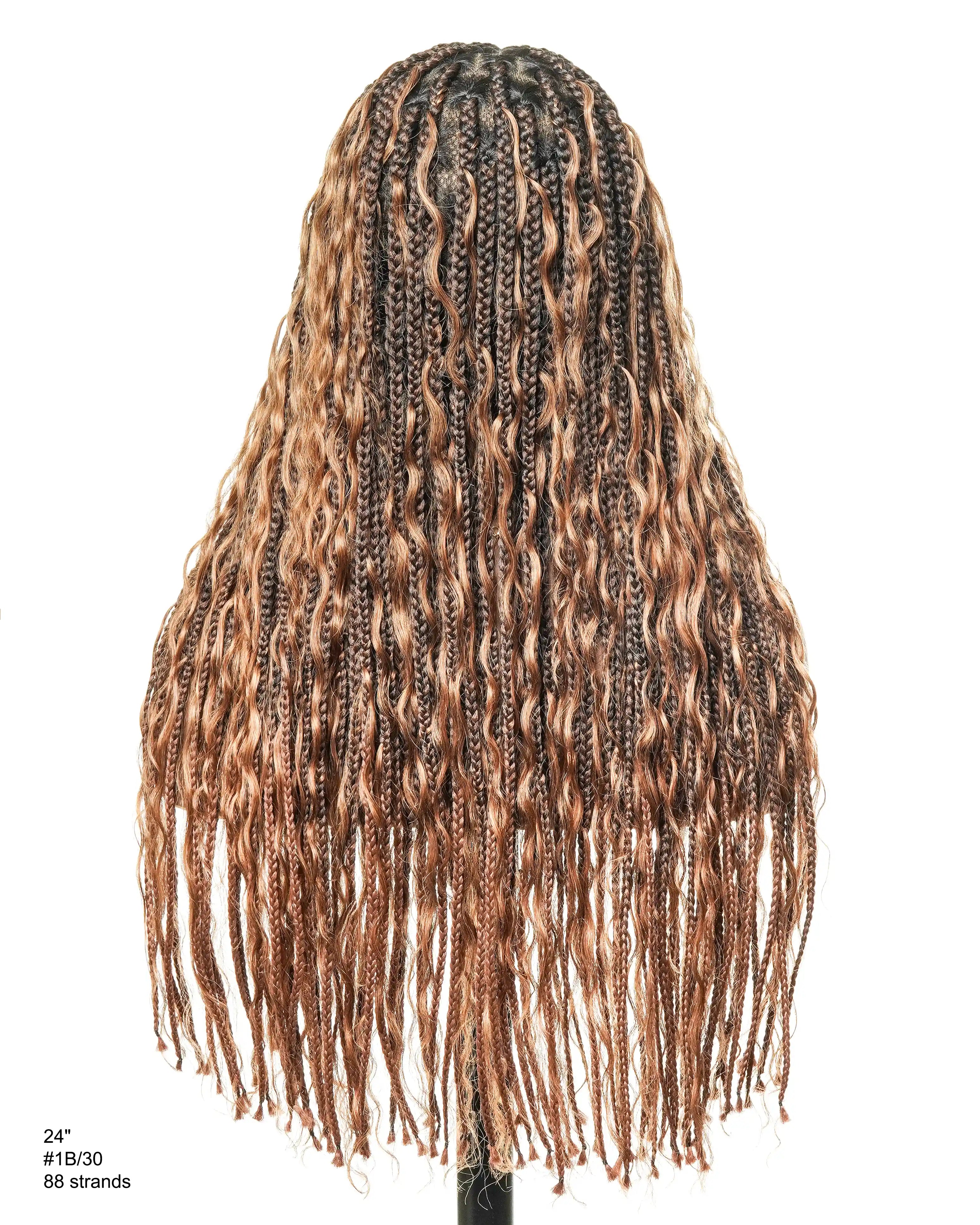
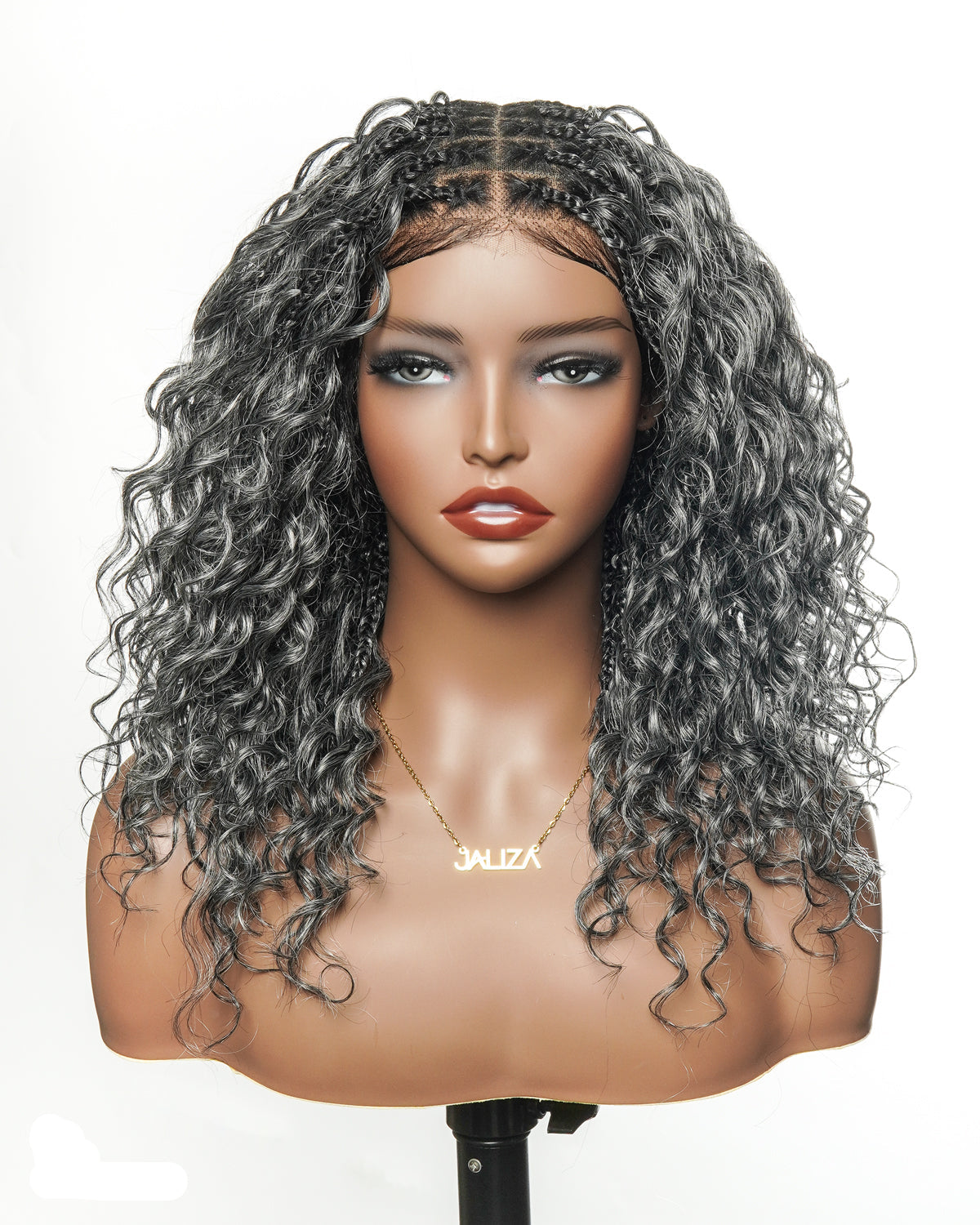
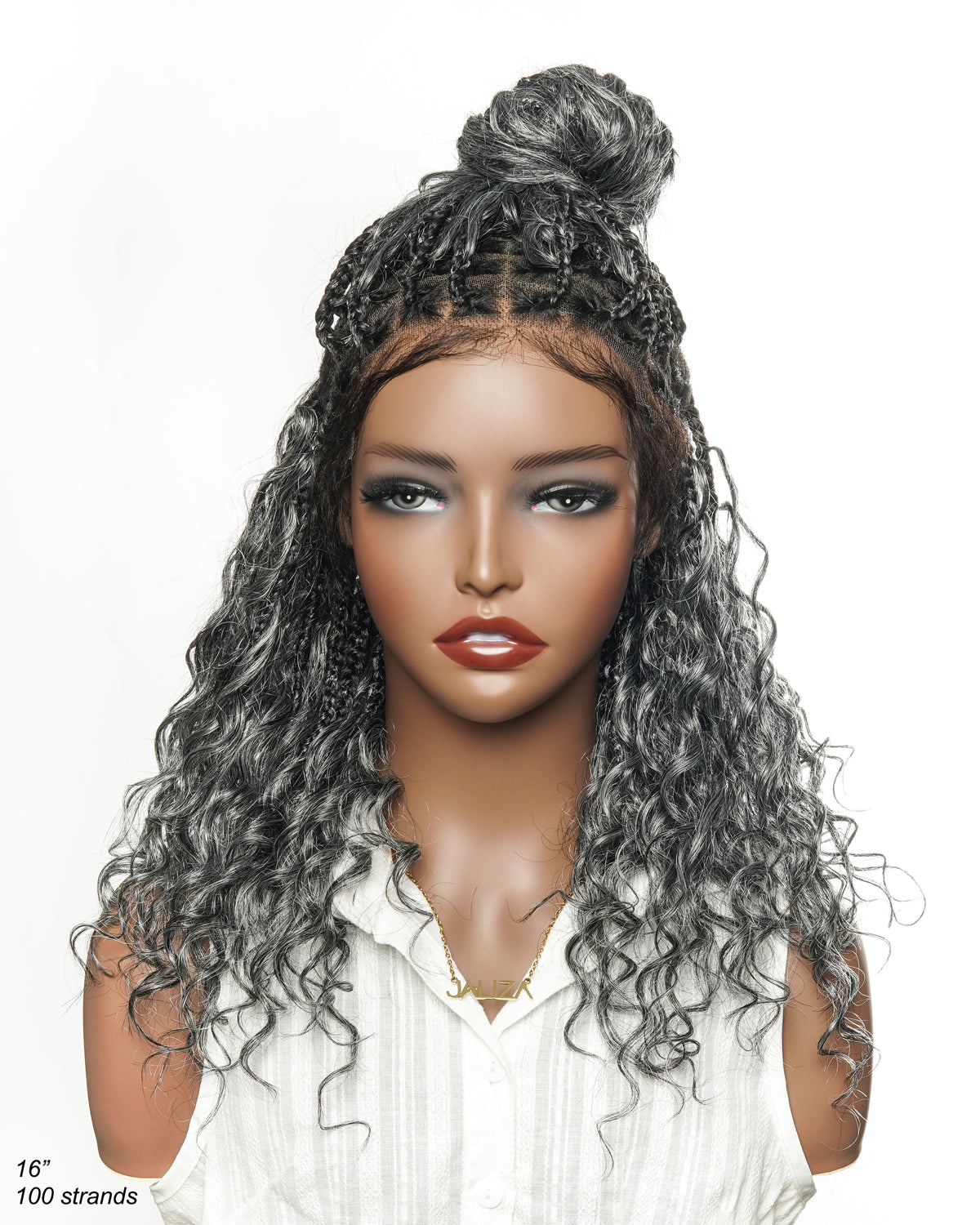
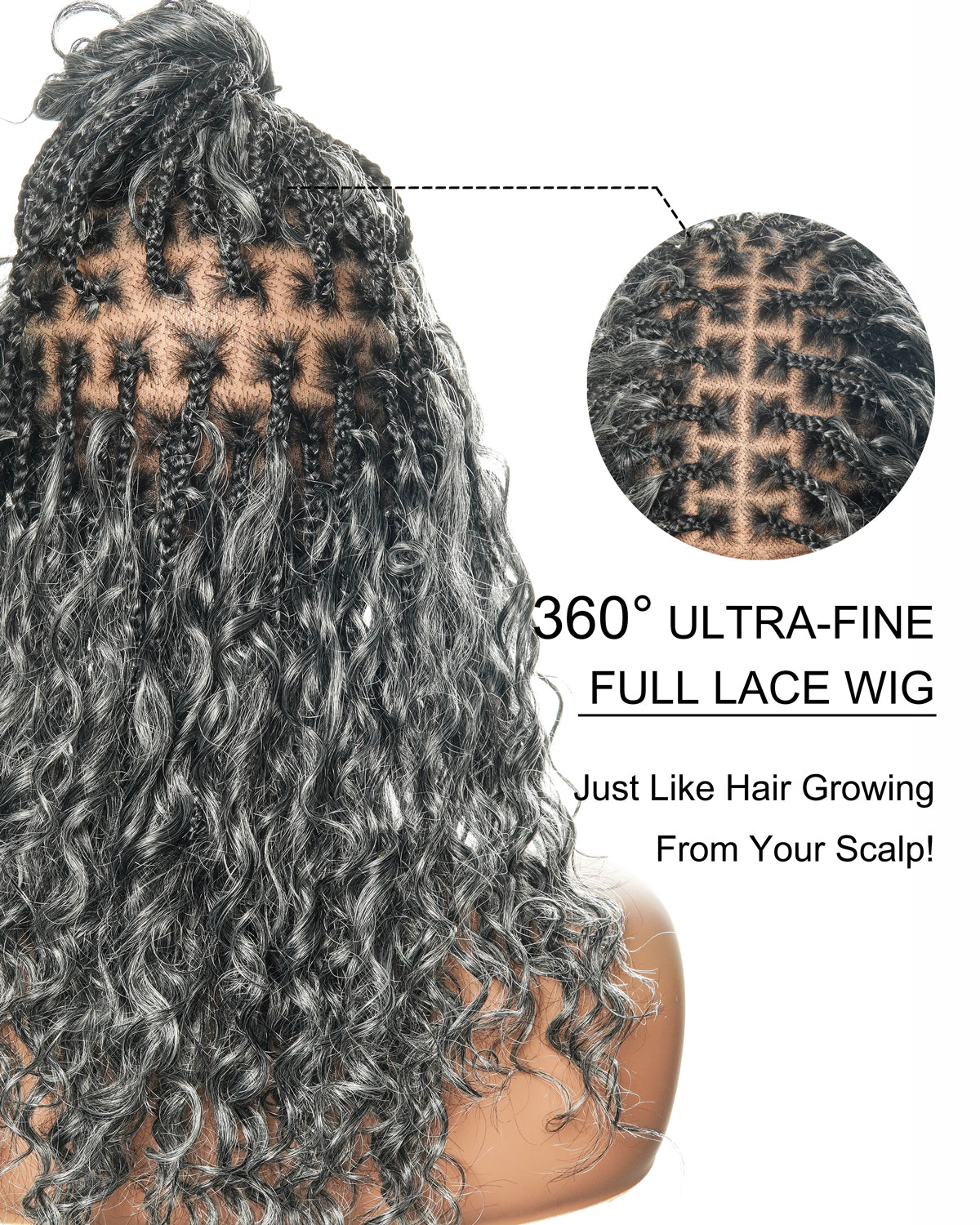
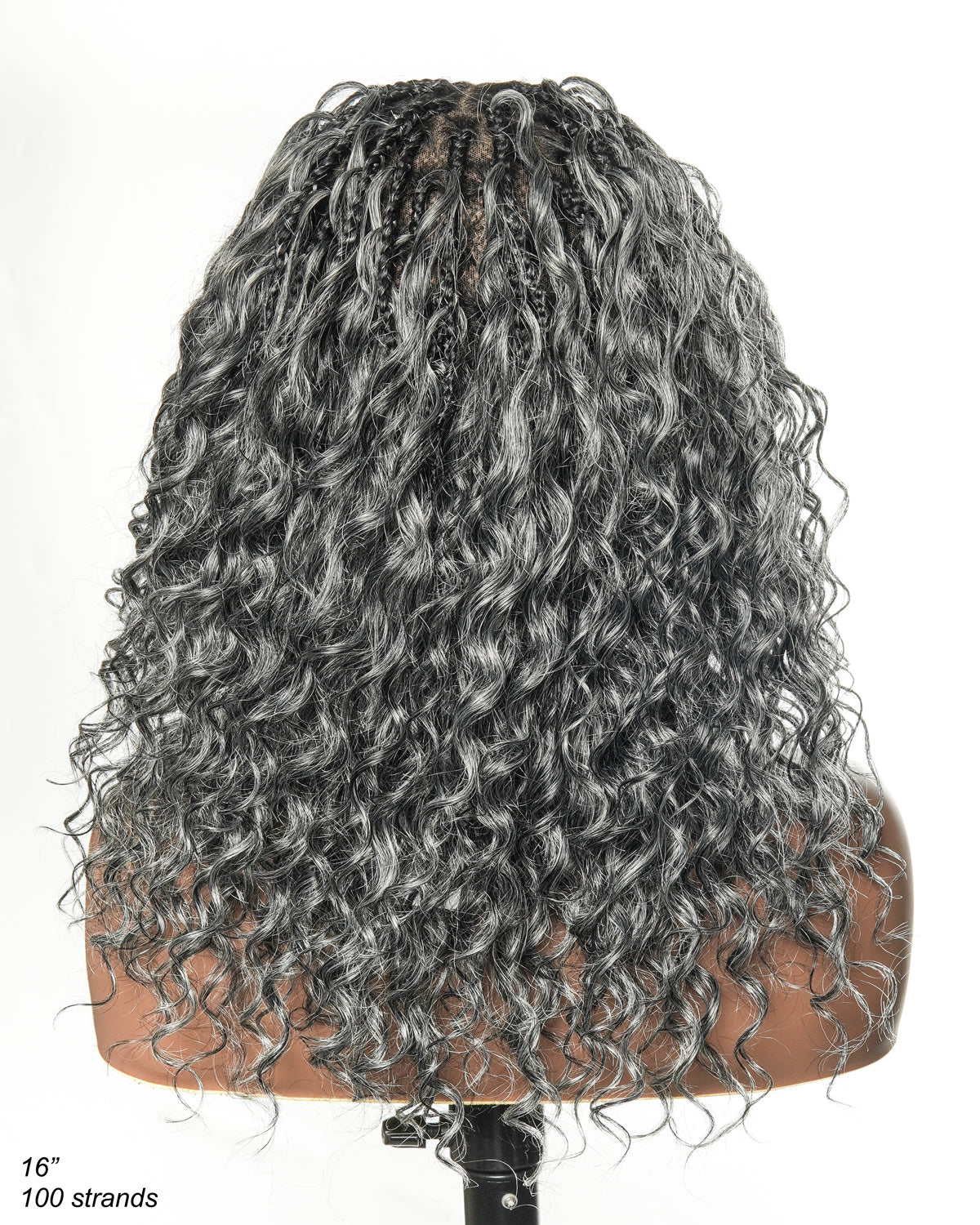
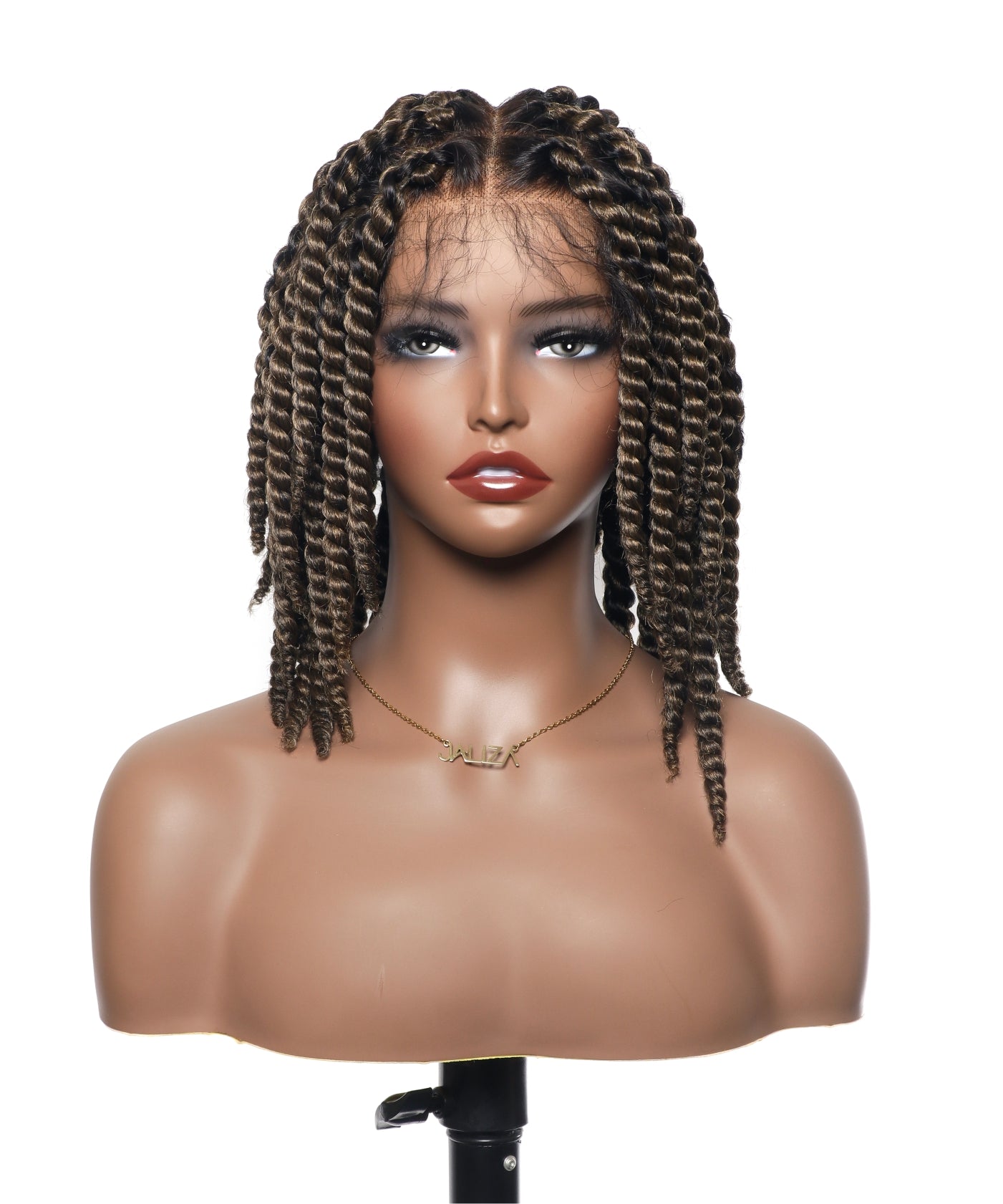
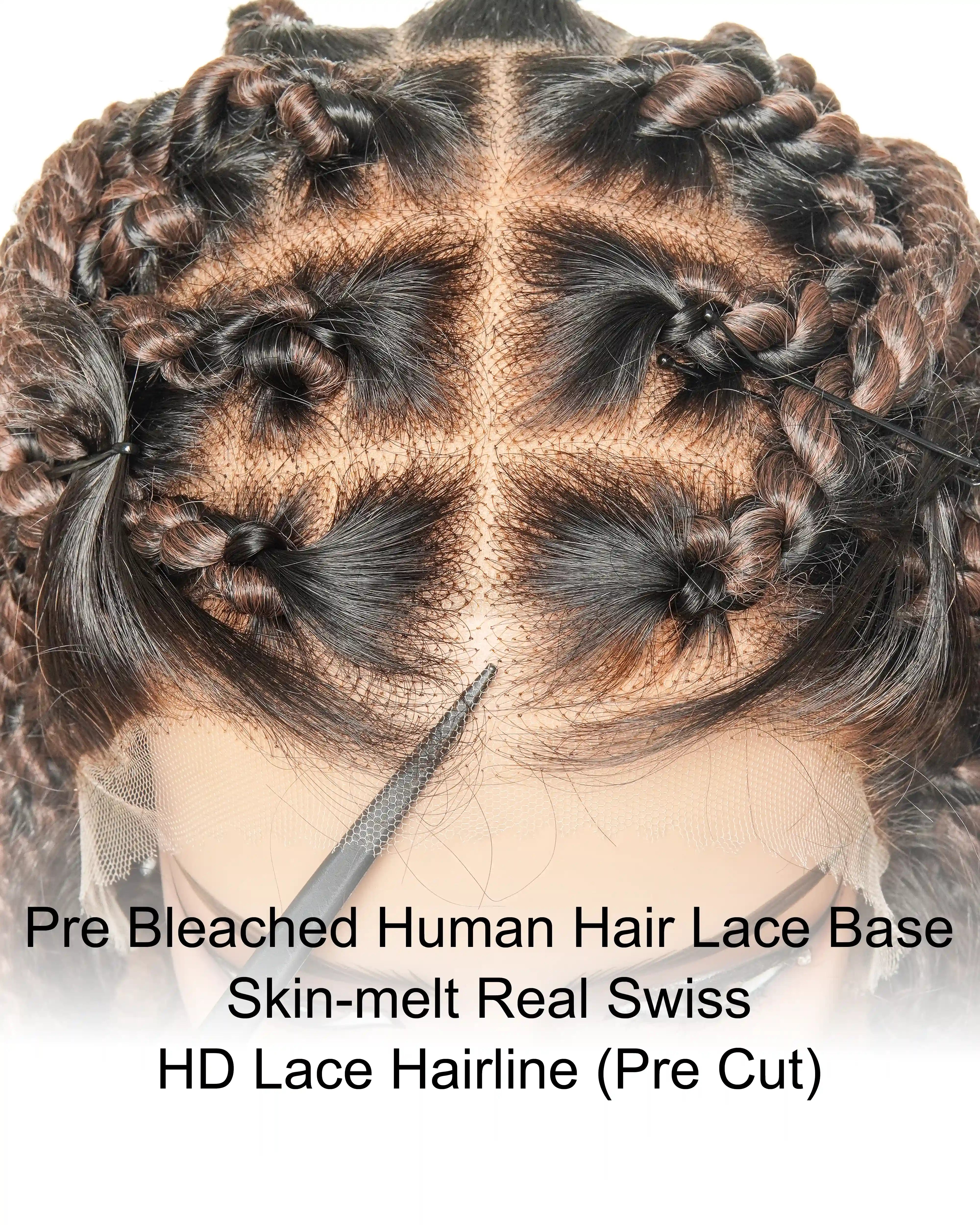
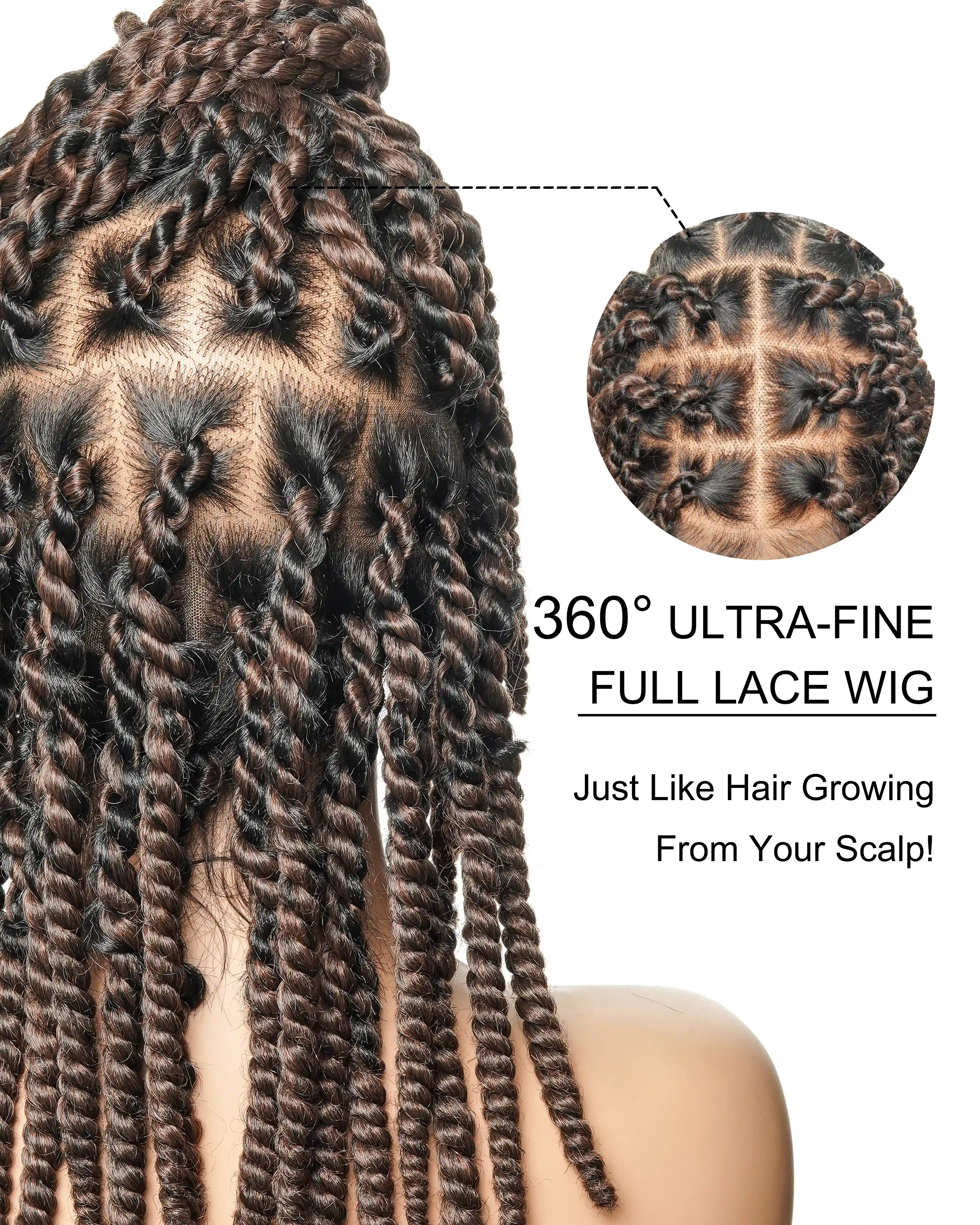
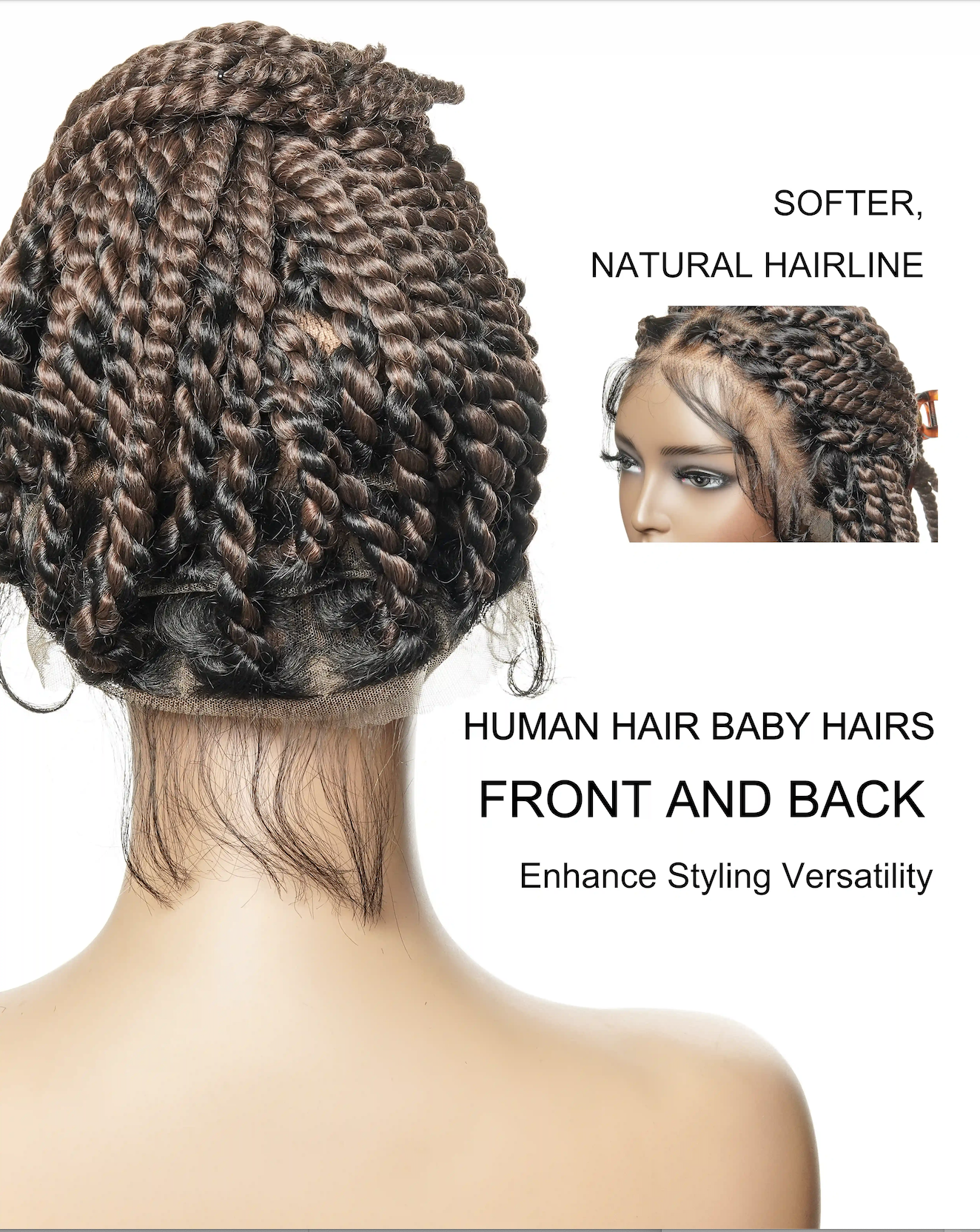
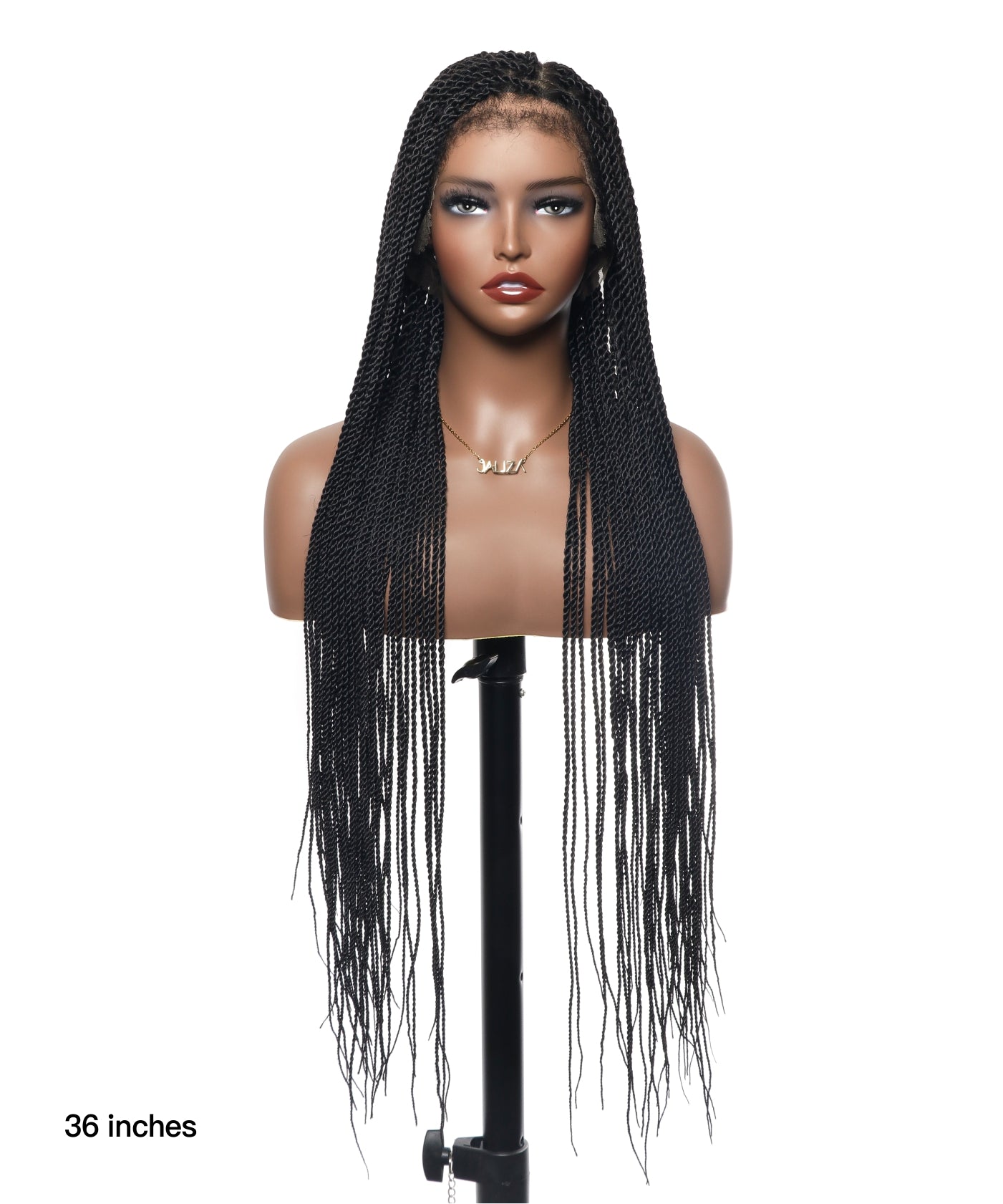
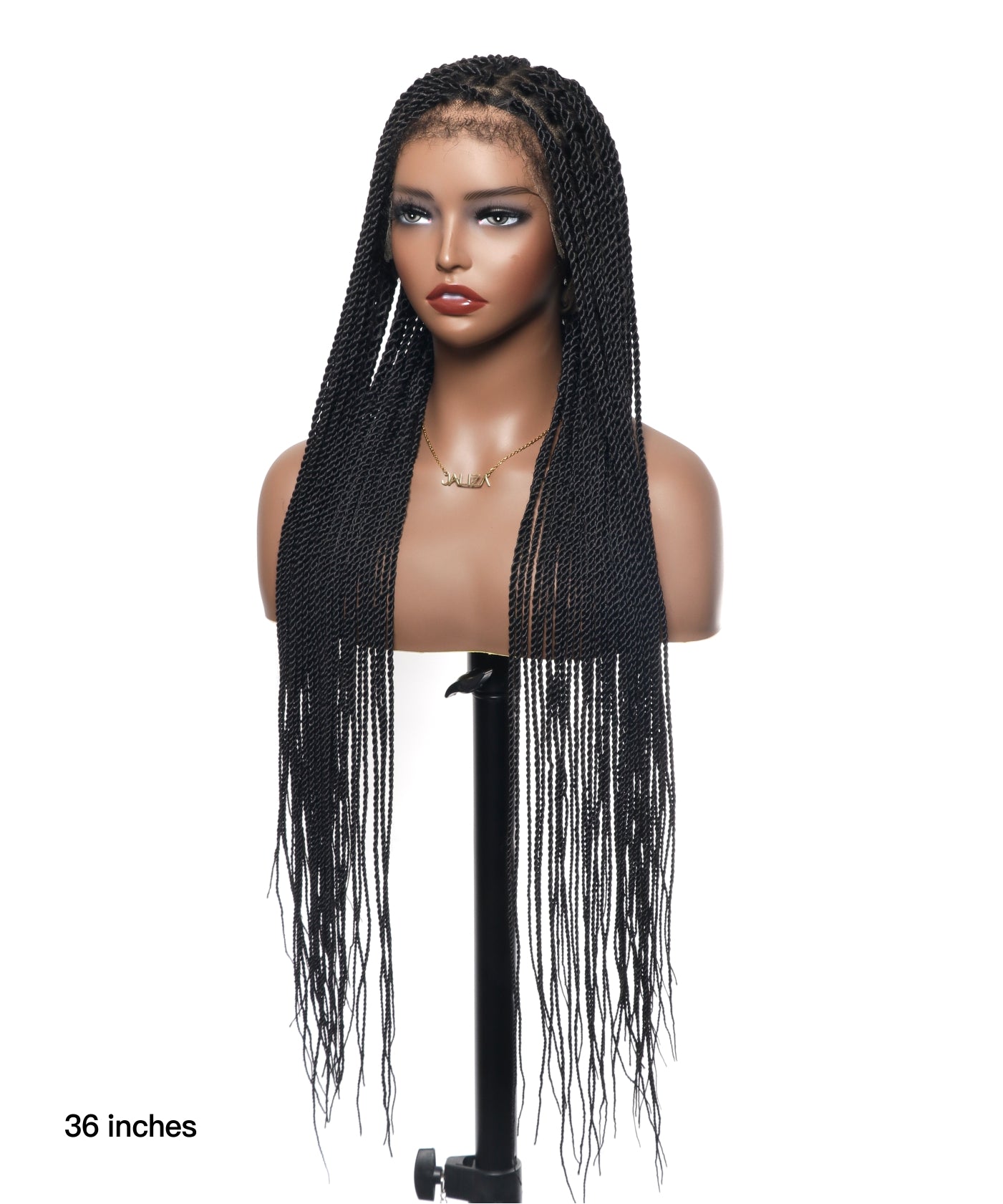
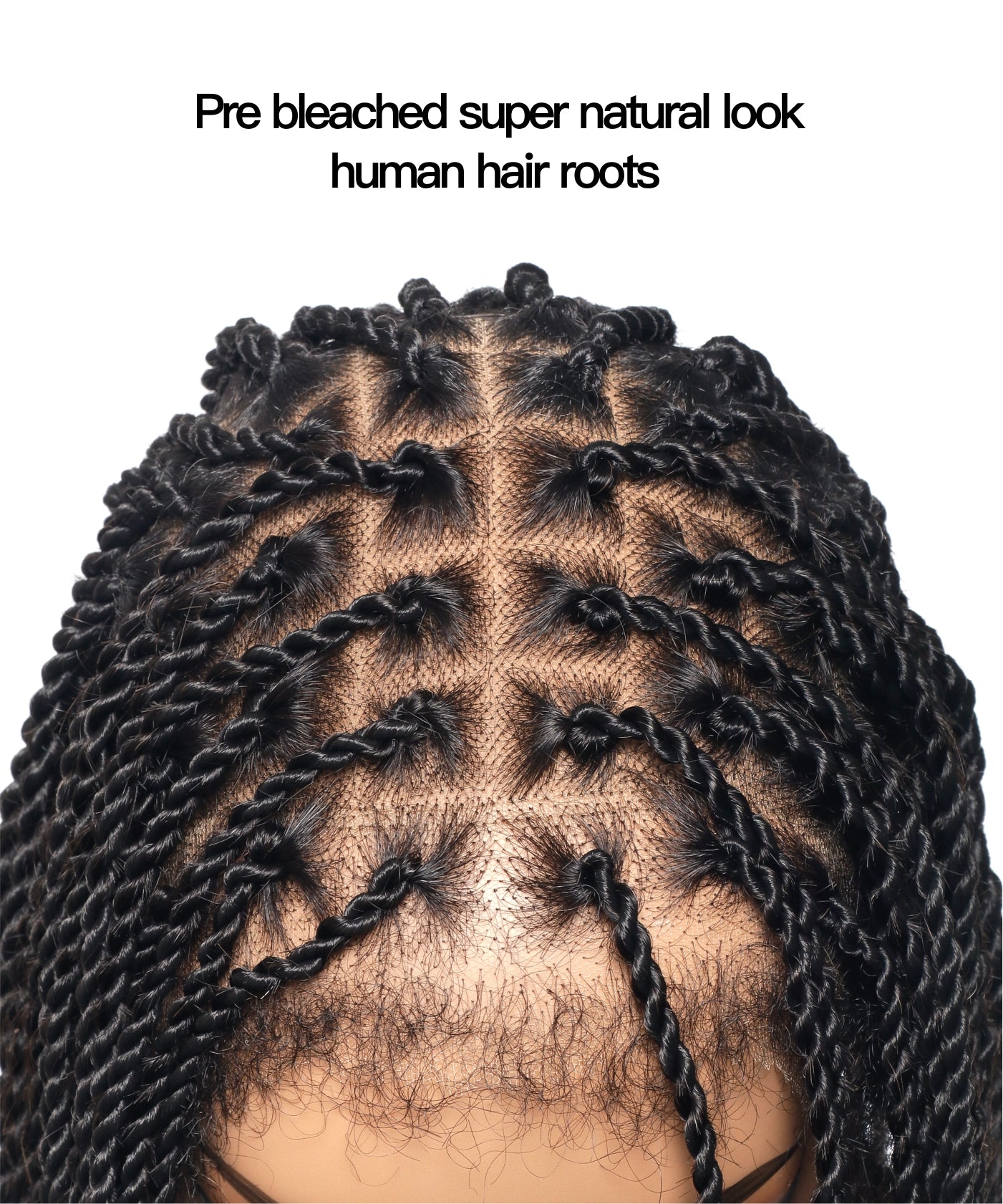
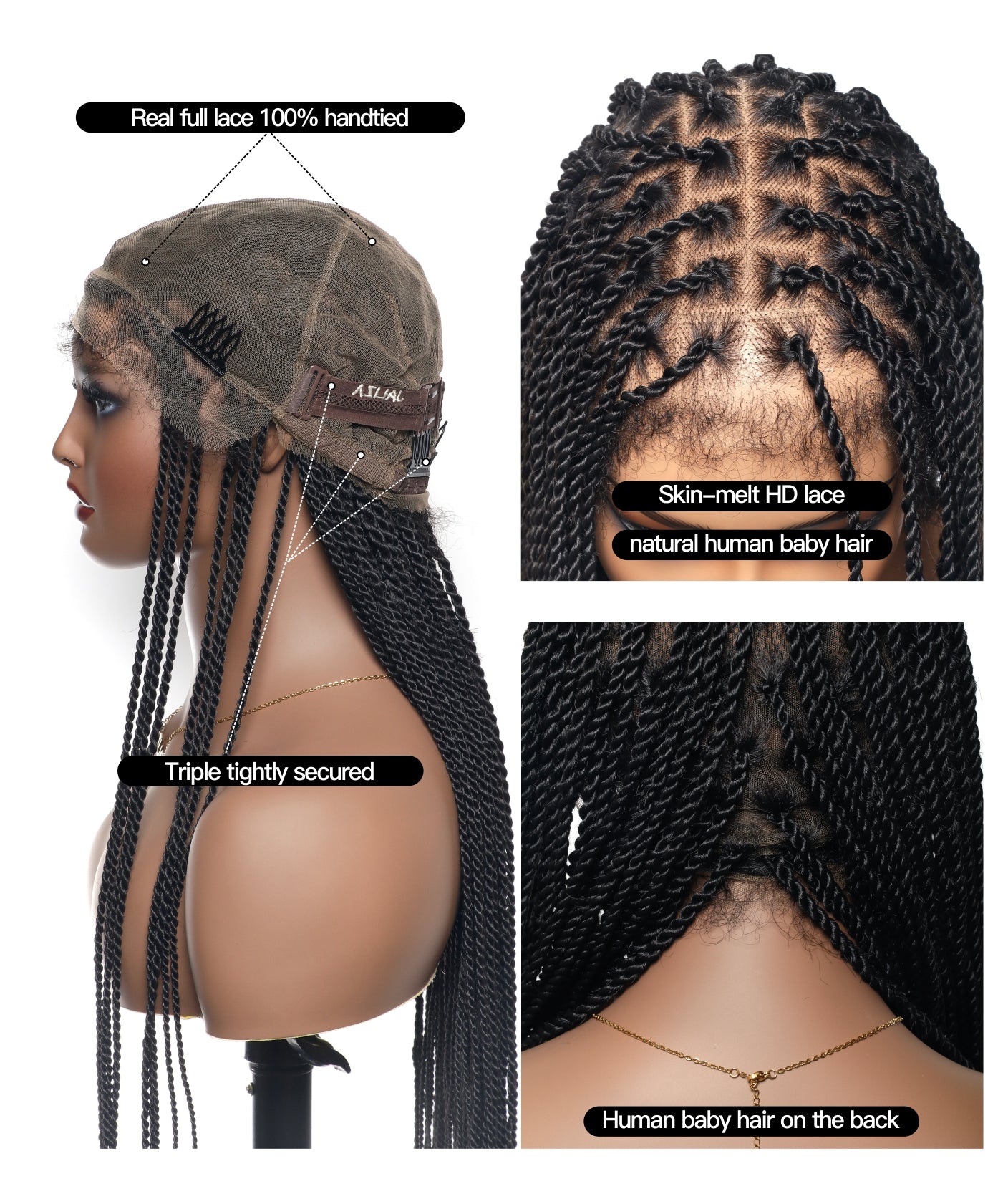
Share:
The Complete Guide to Crafting Your Own Cornrow Braided Wig: A Step-by-Step Tutorial
Careful Unraveling: The Essential Guide to Safely Removing Cornrow Braids